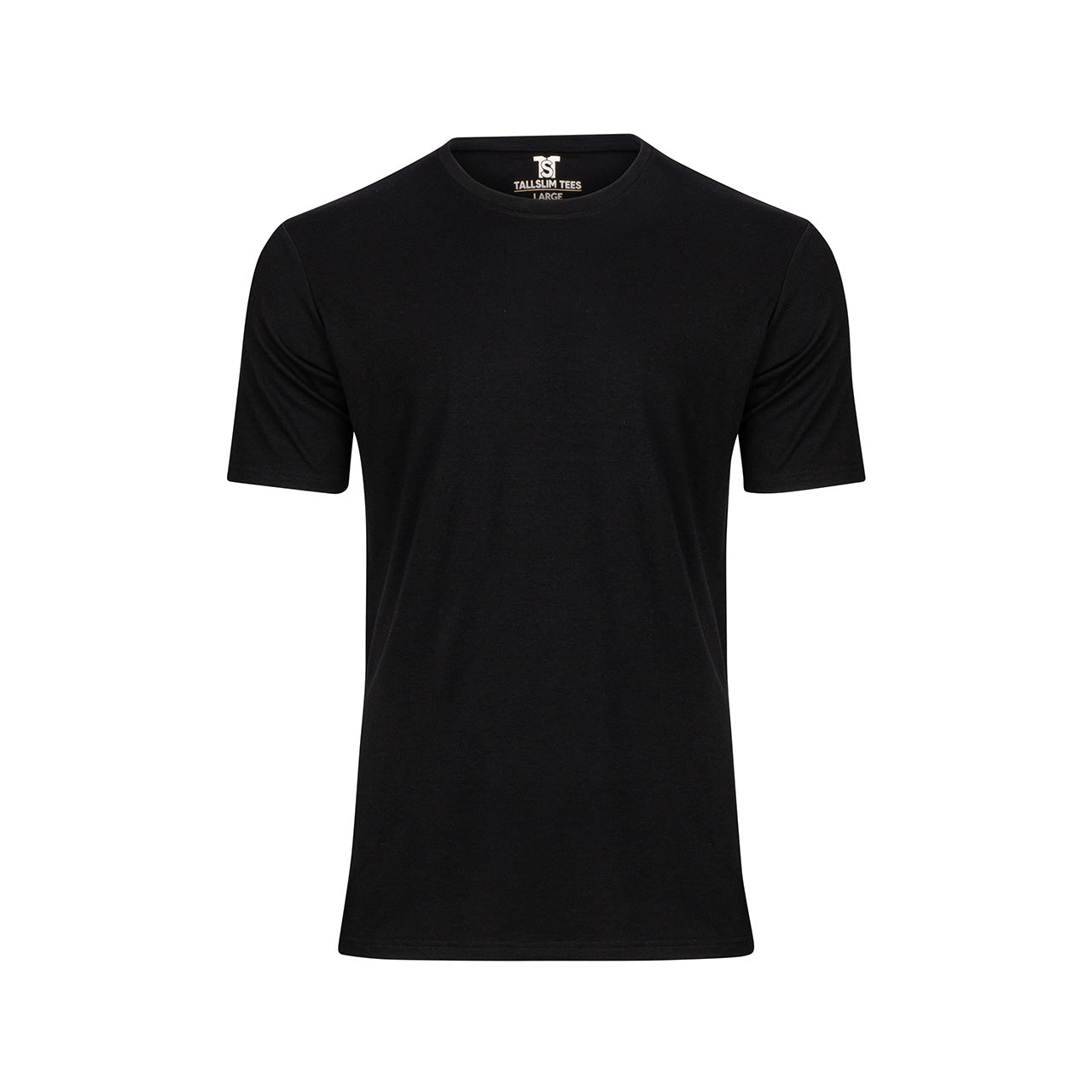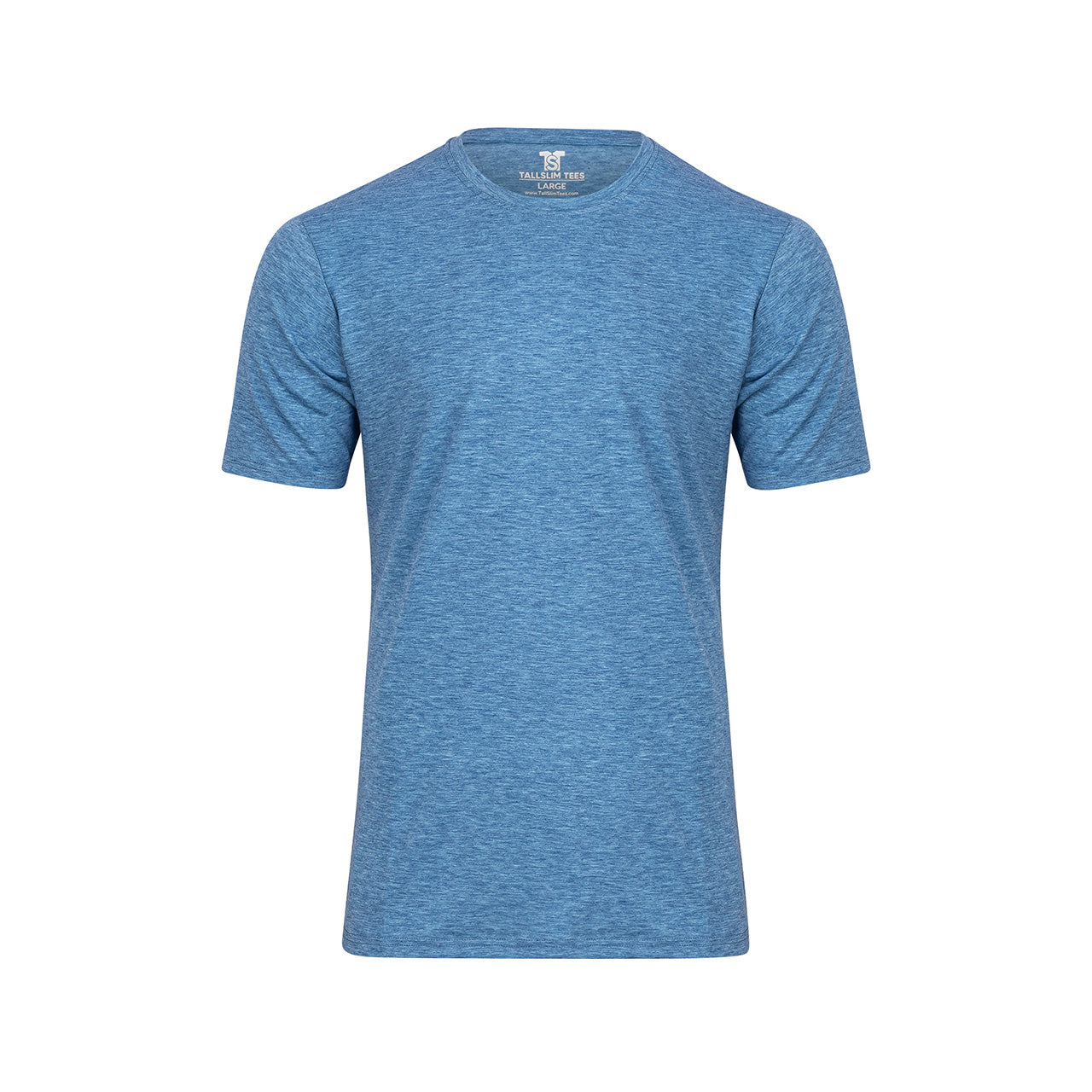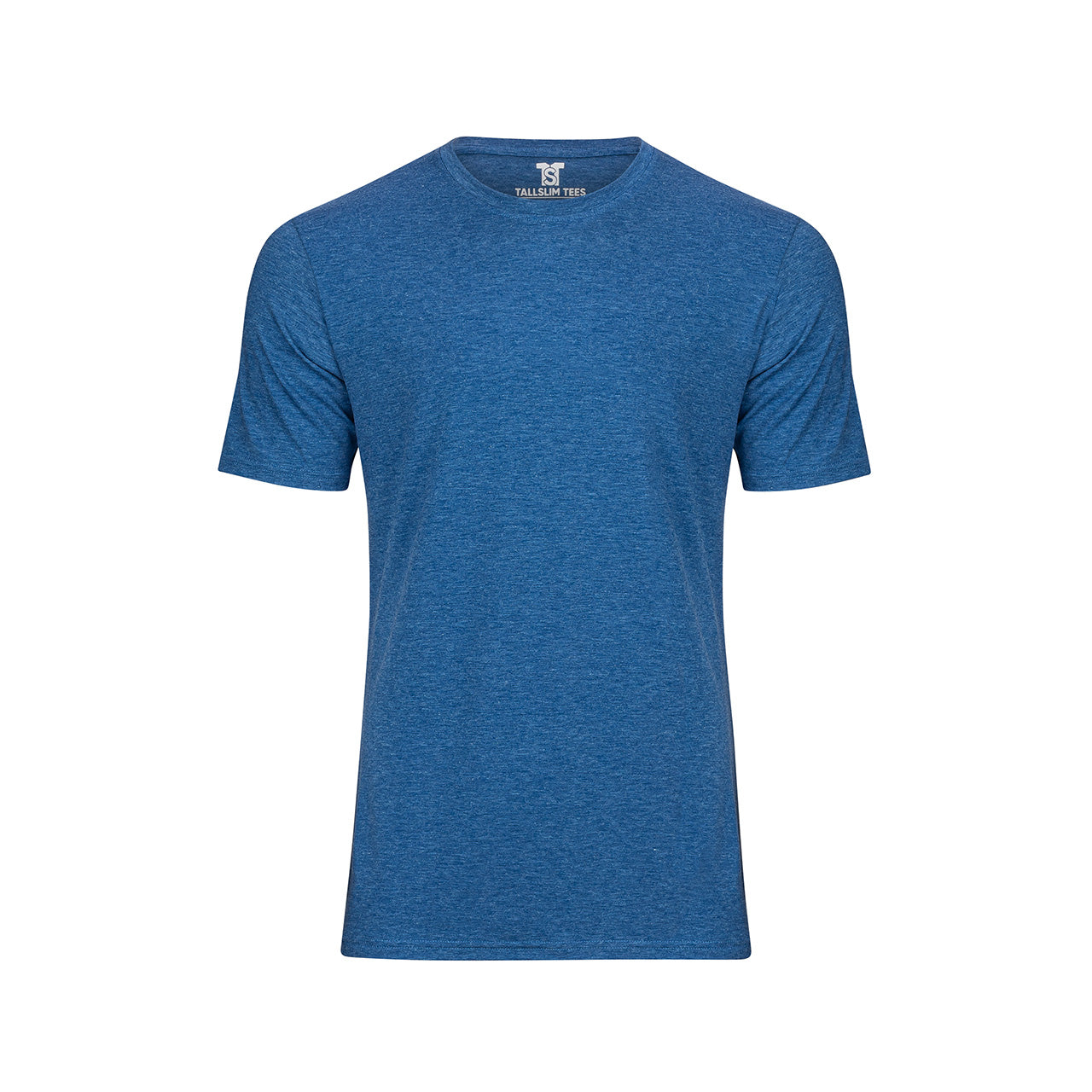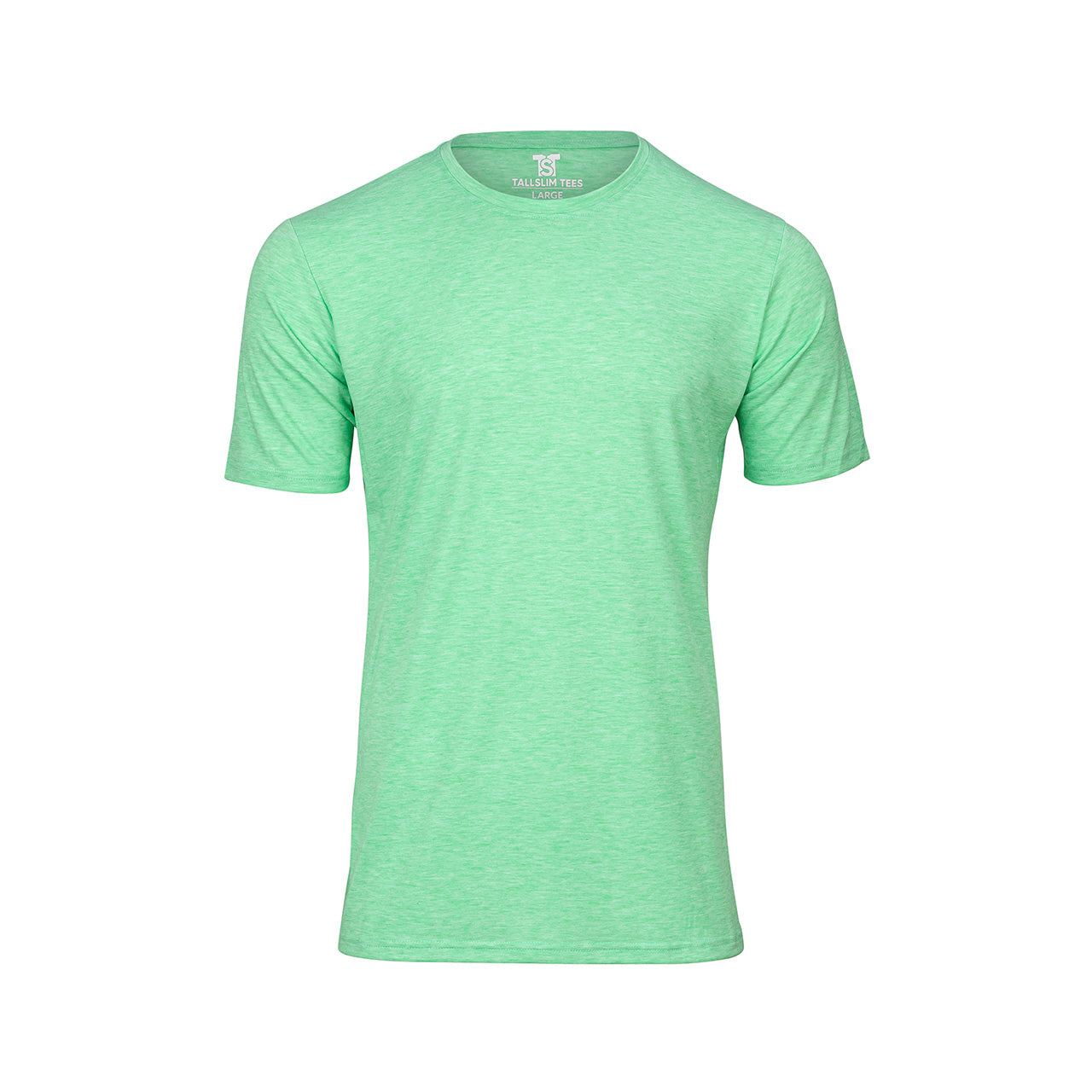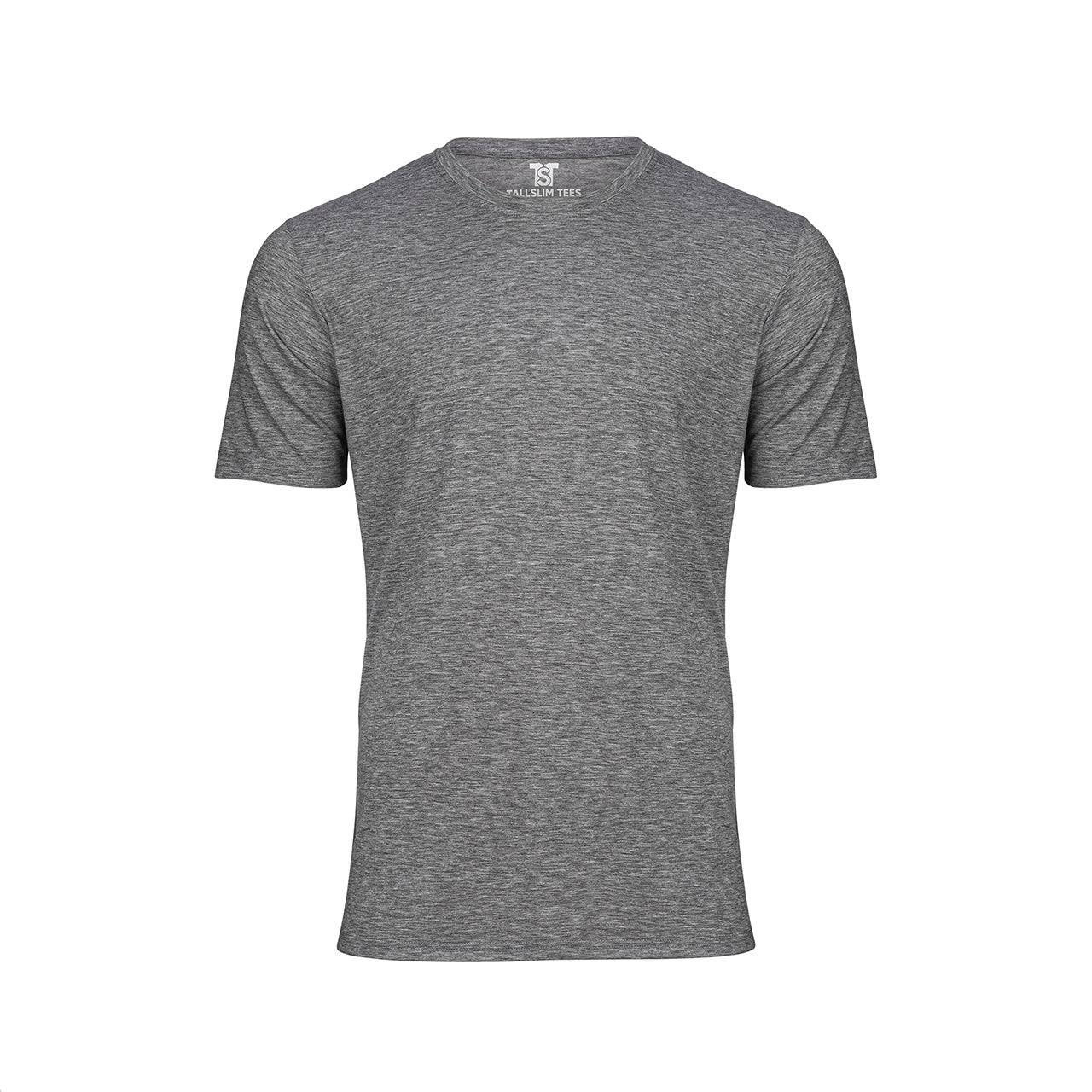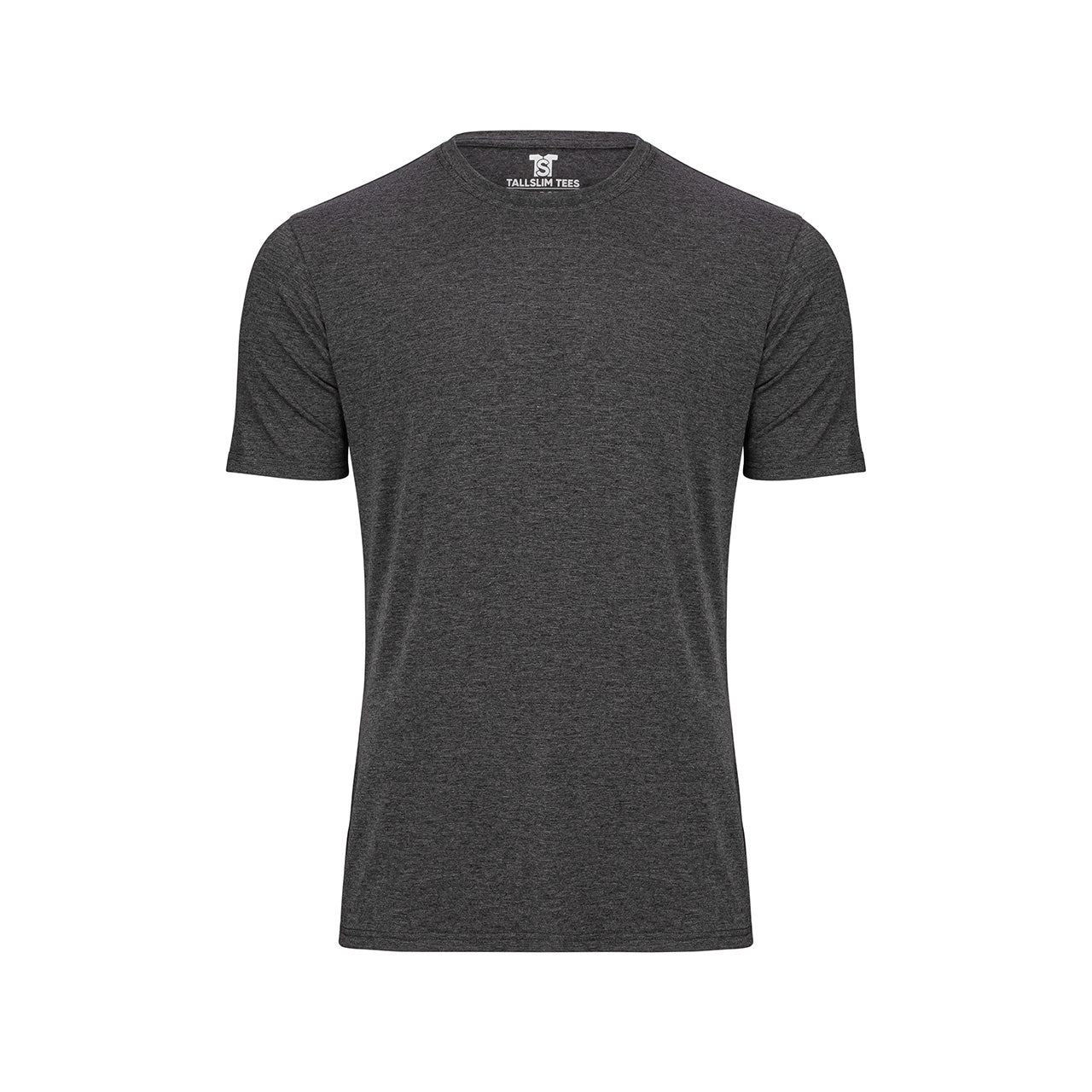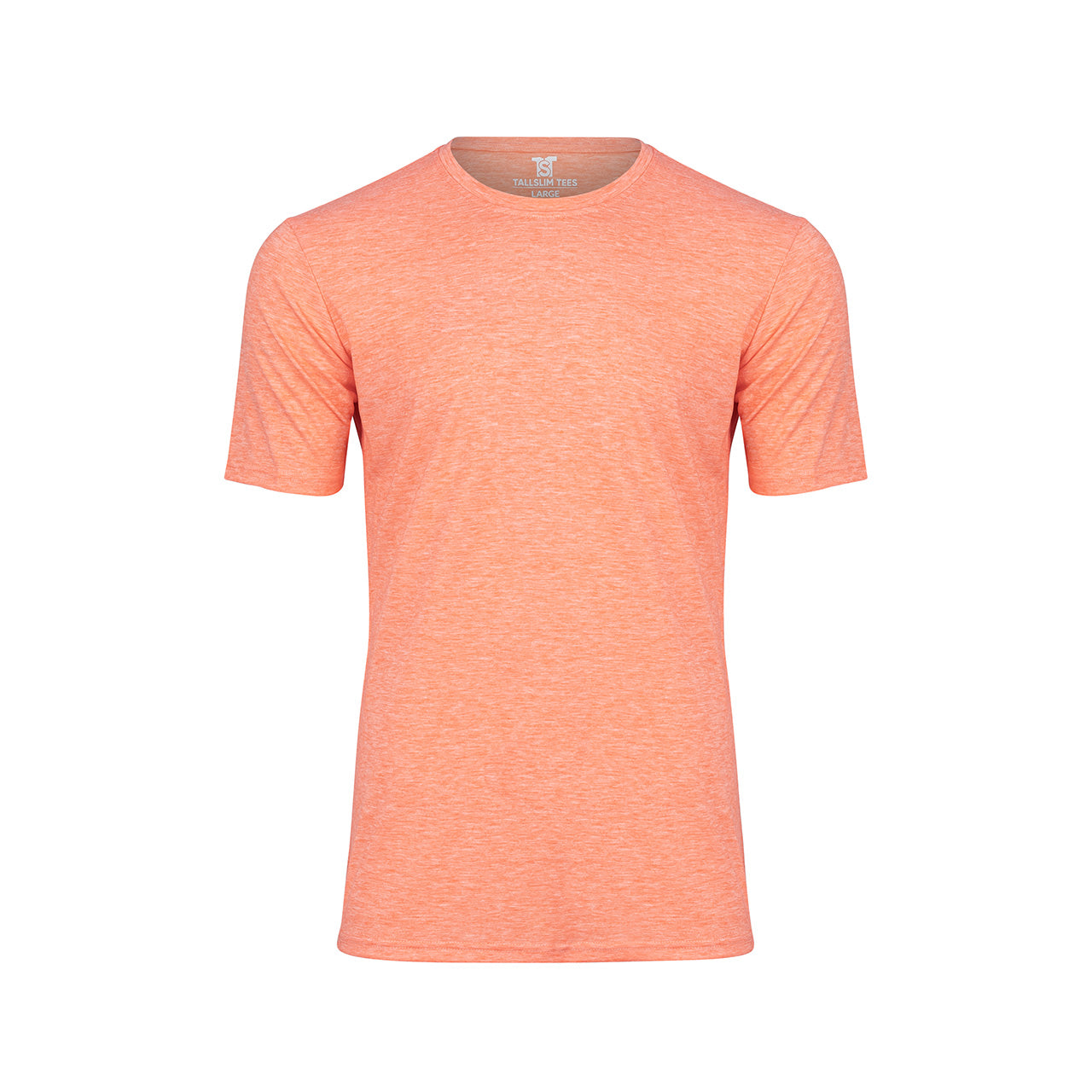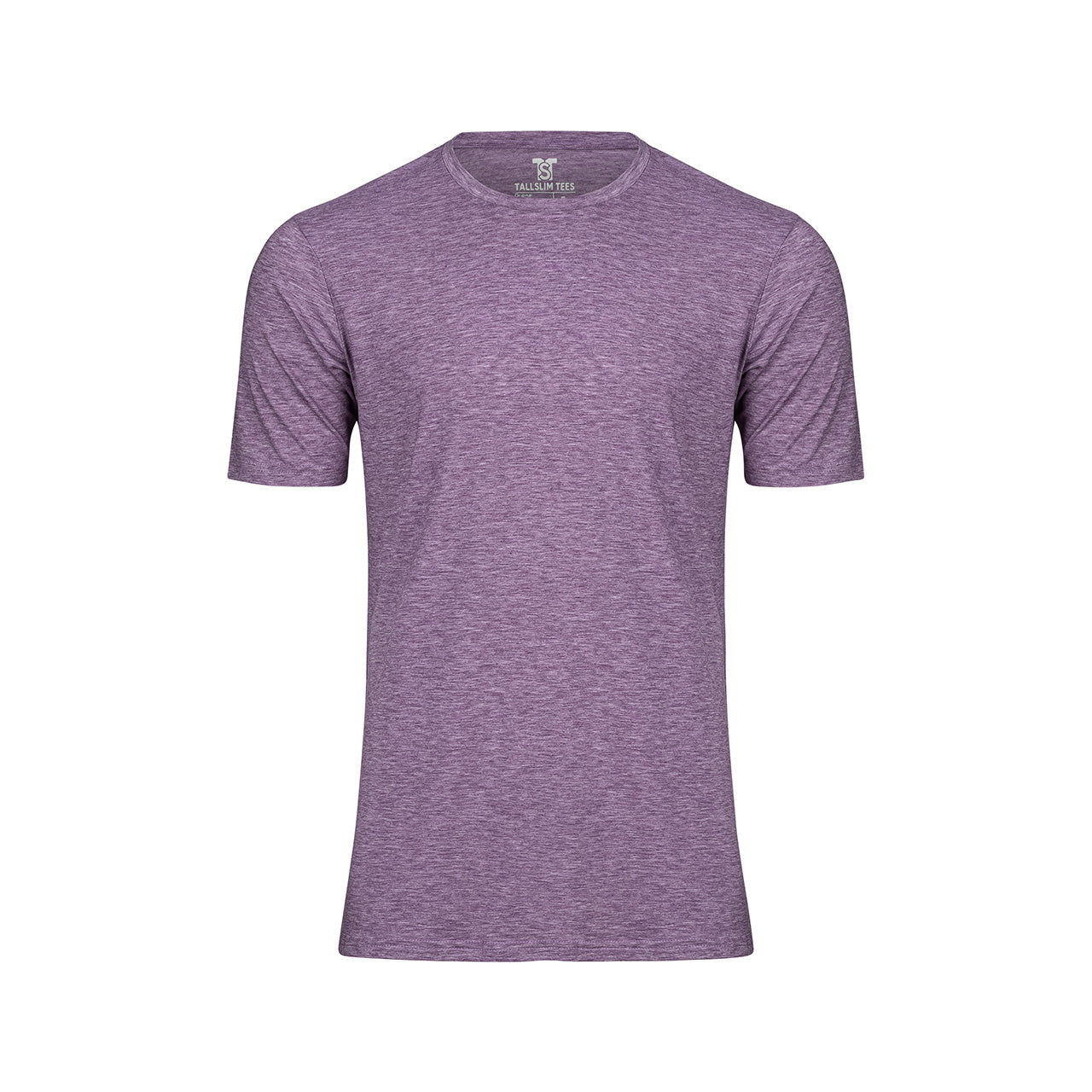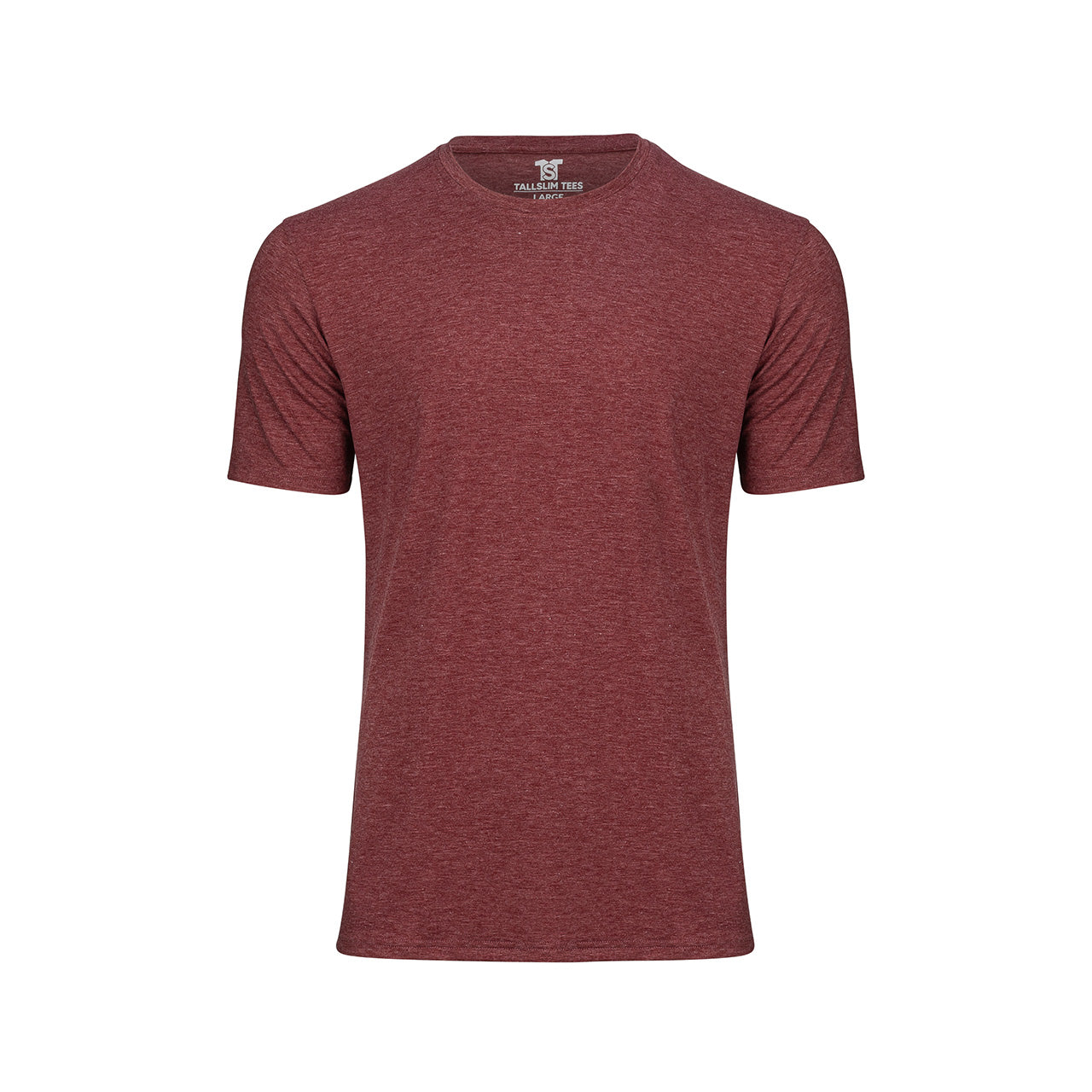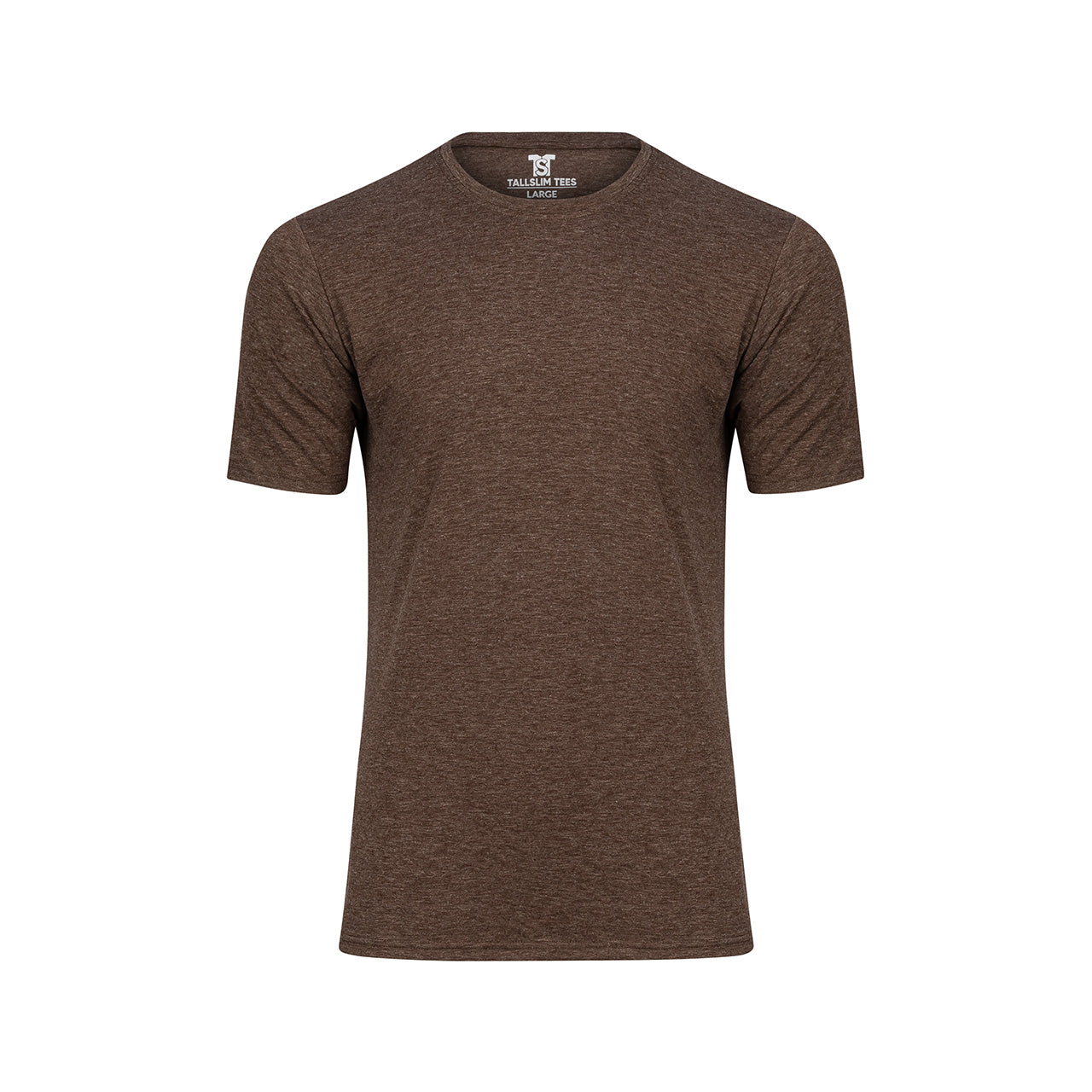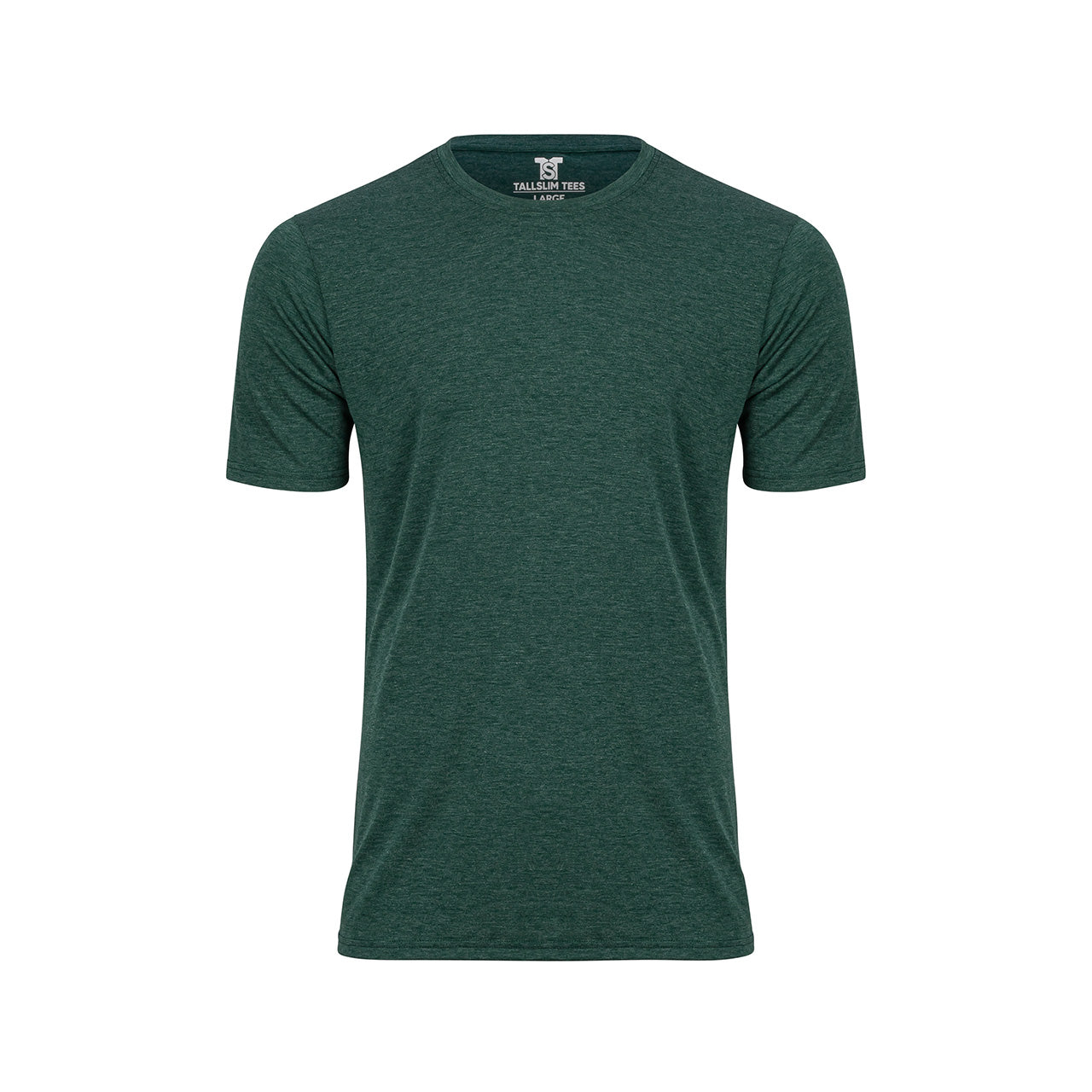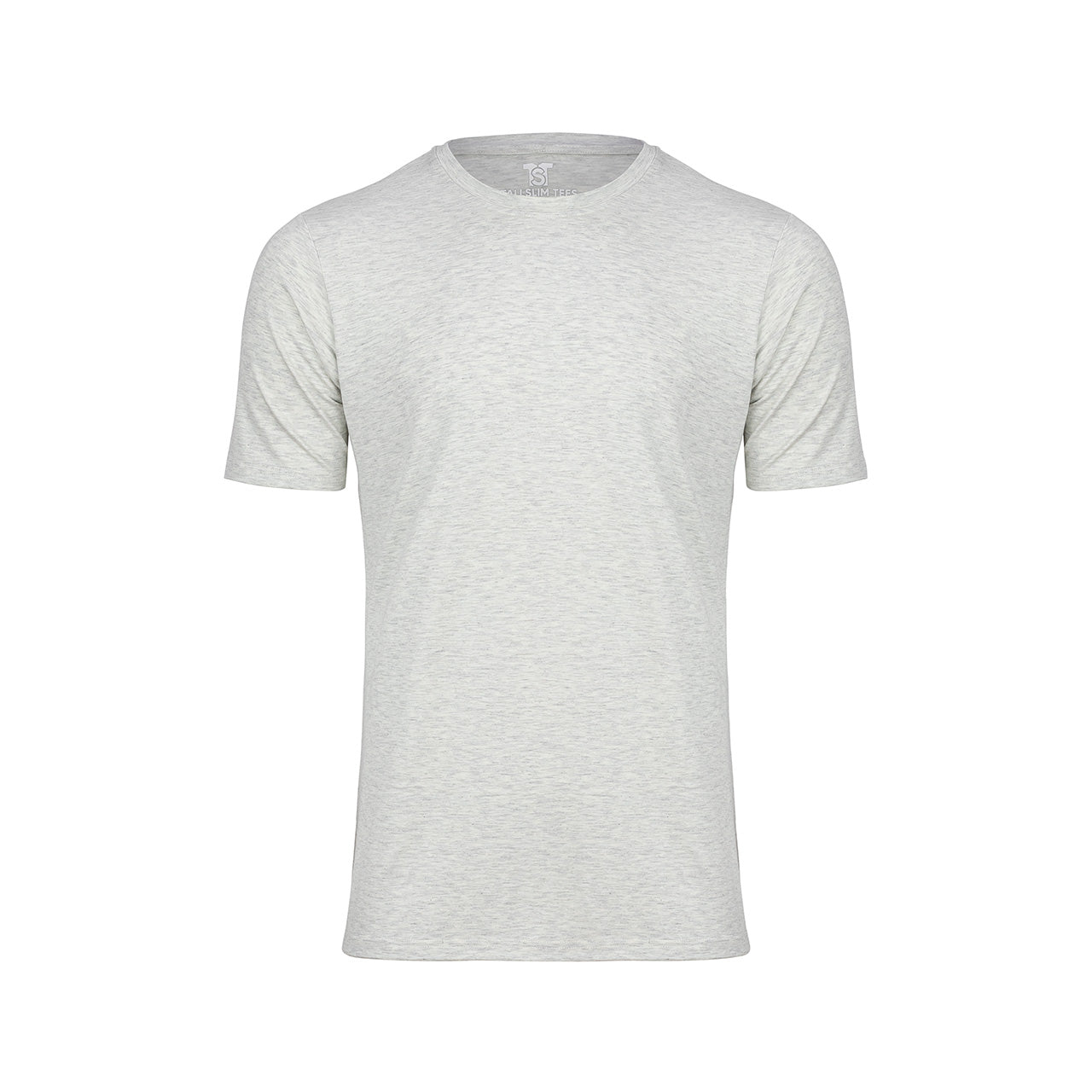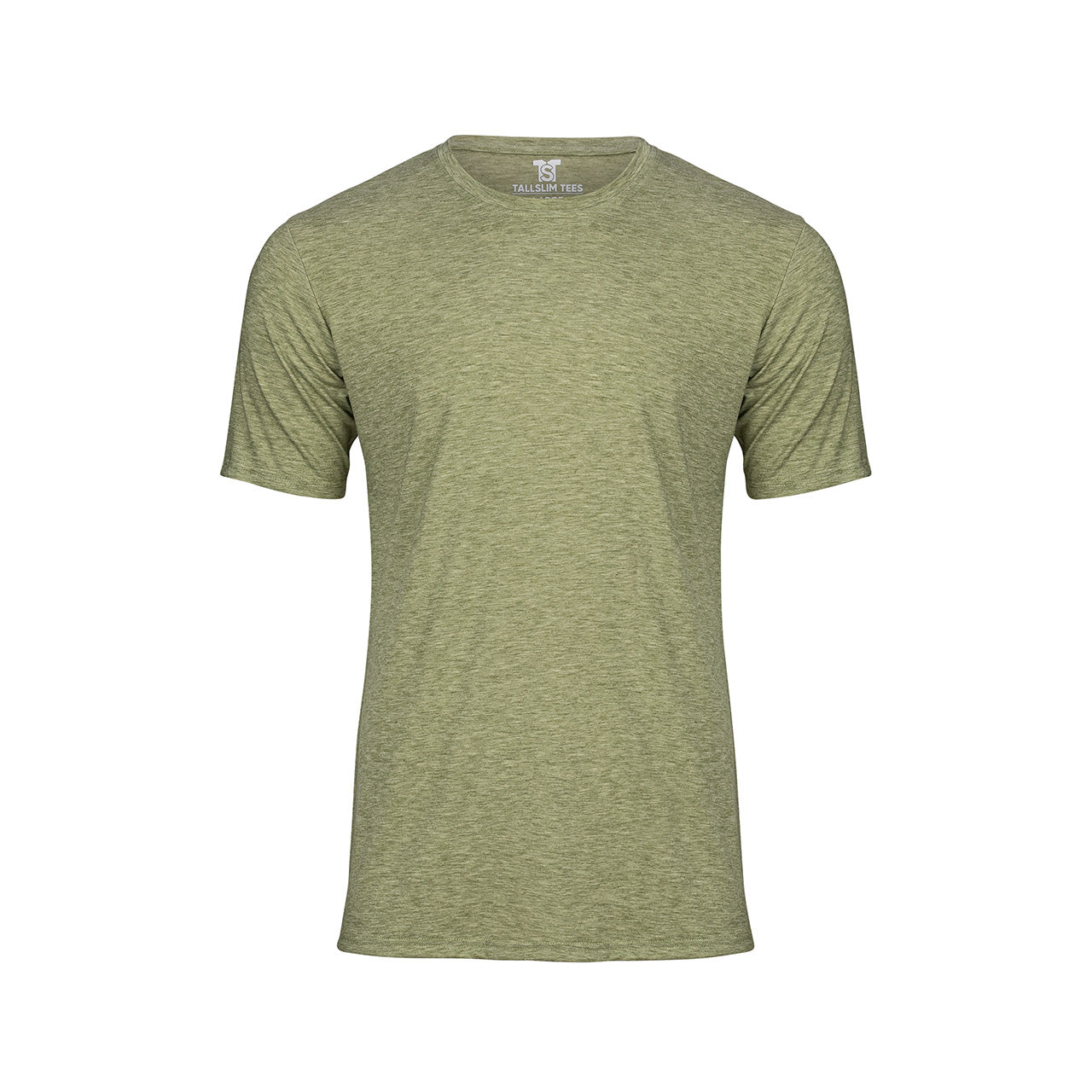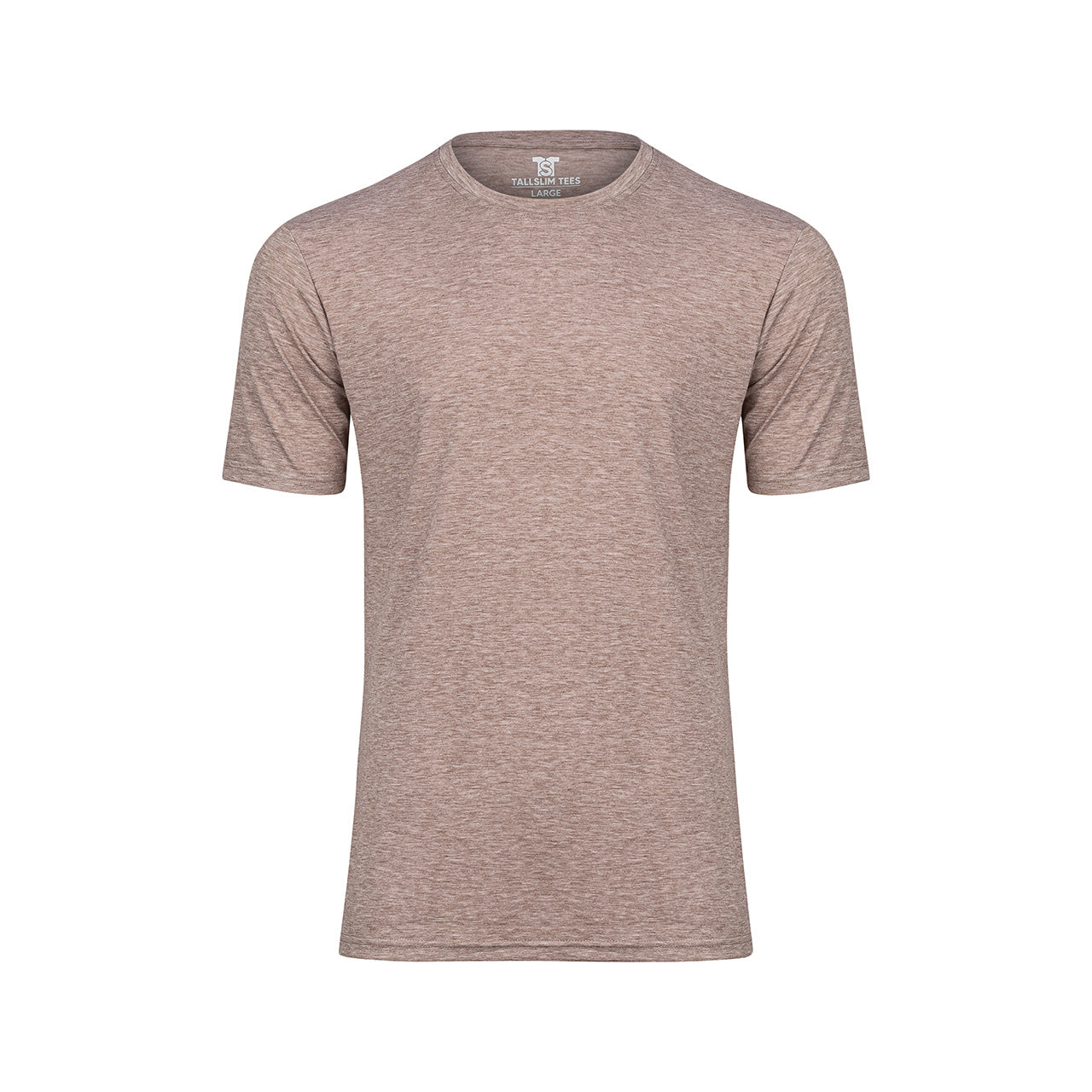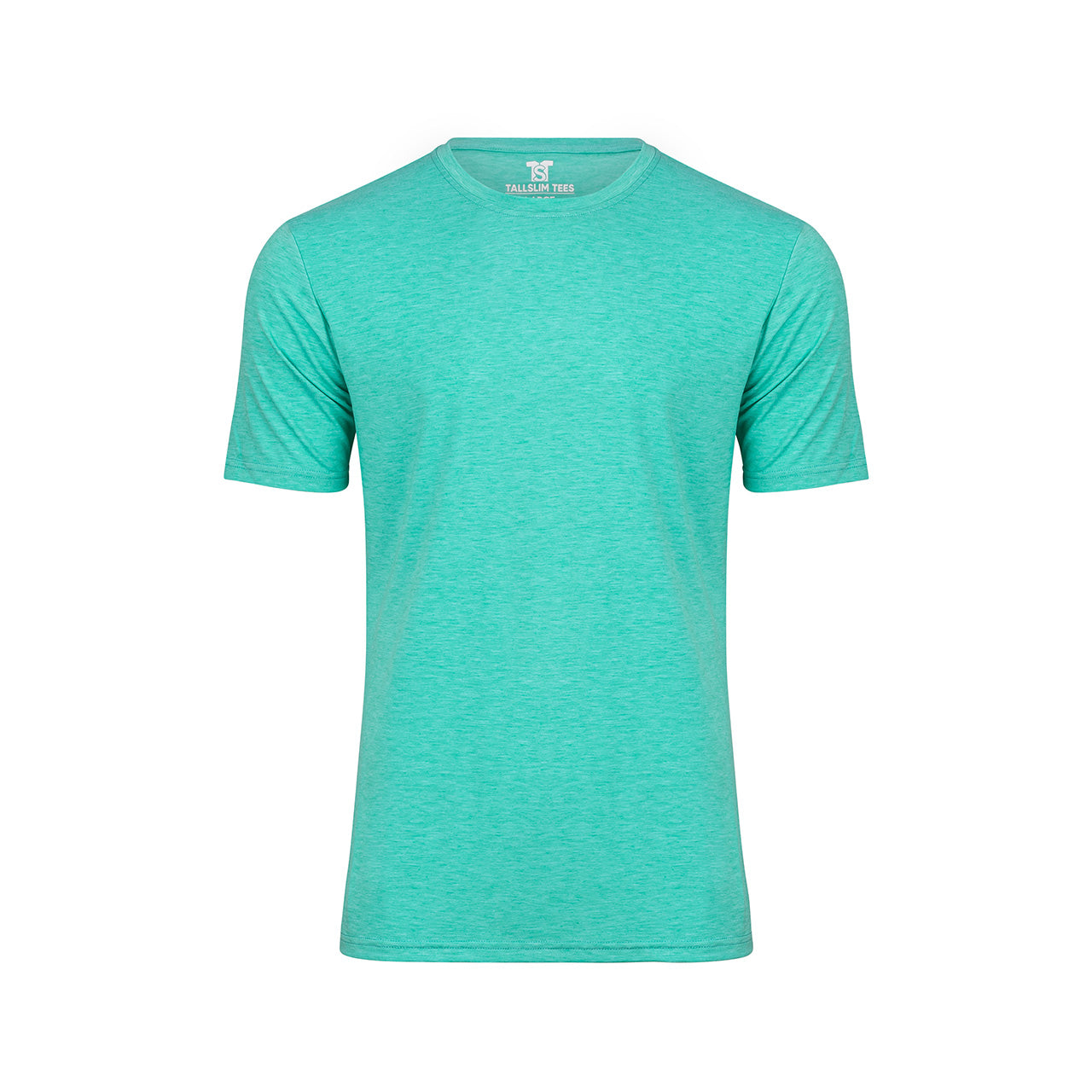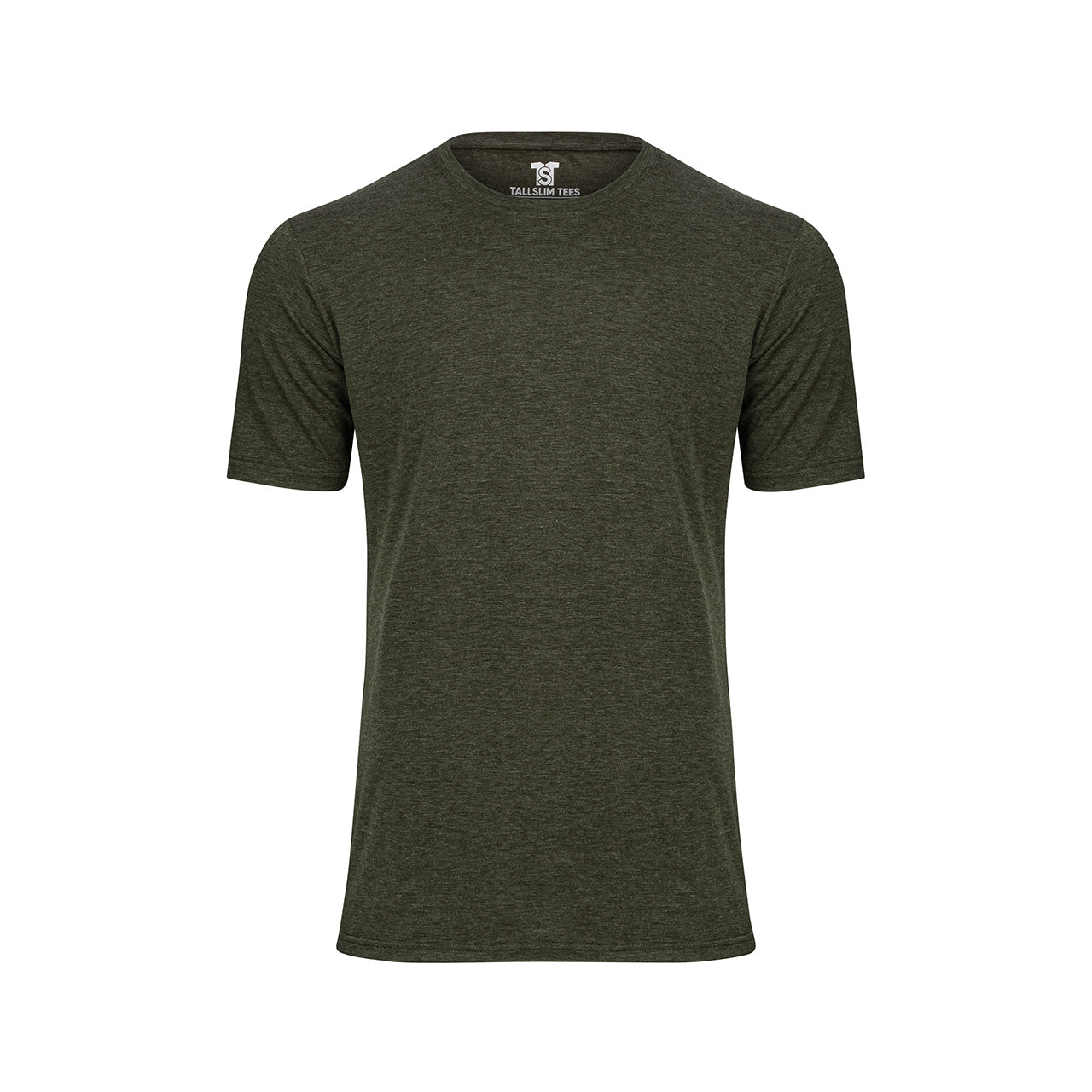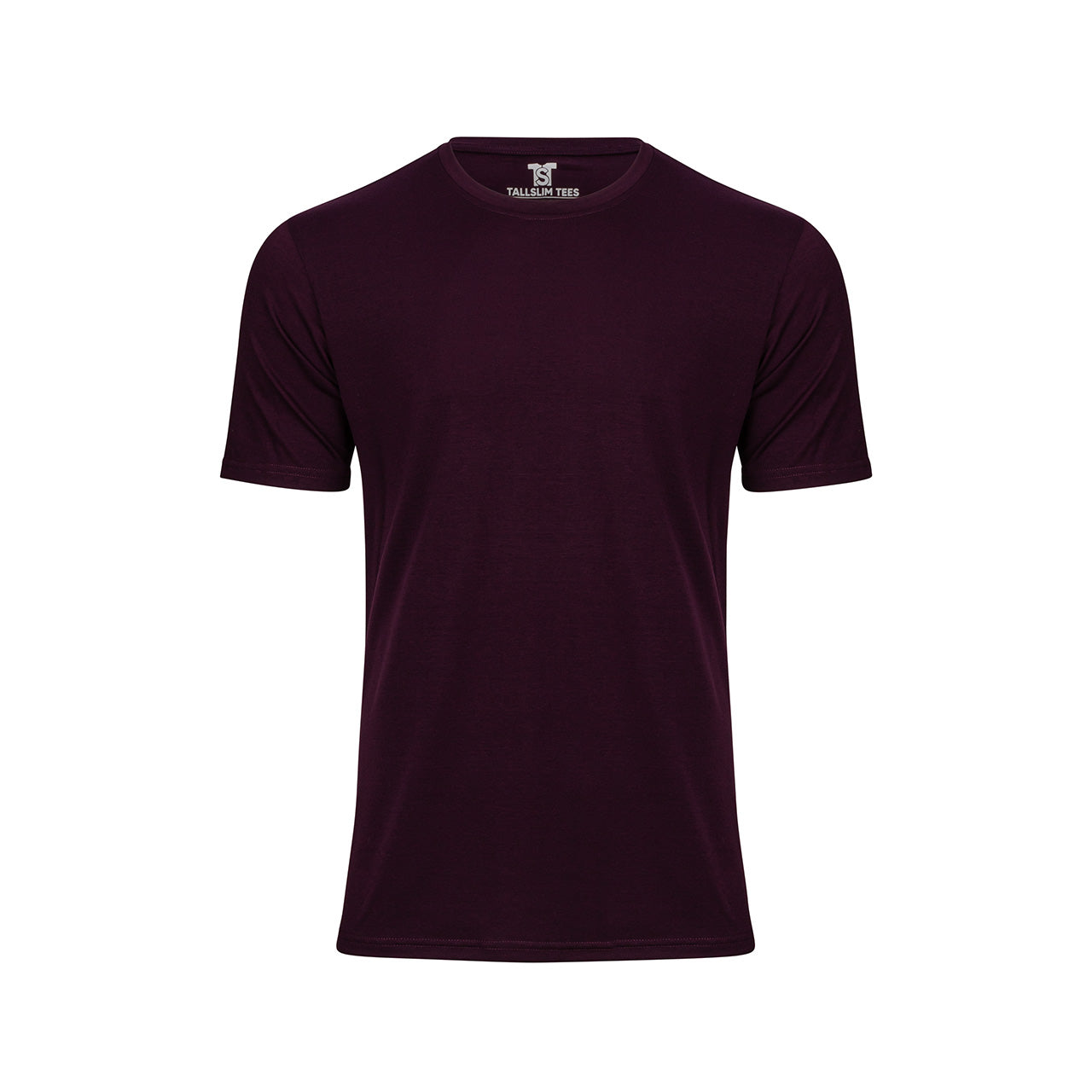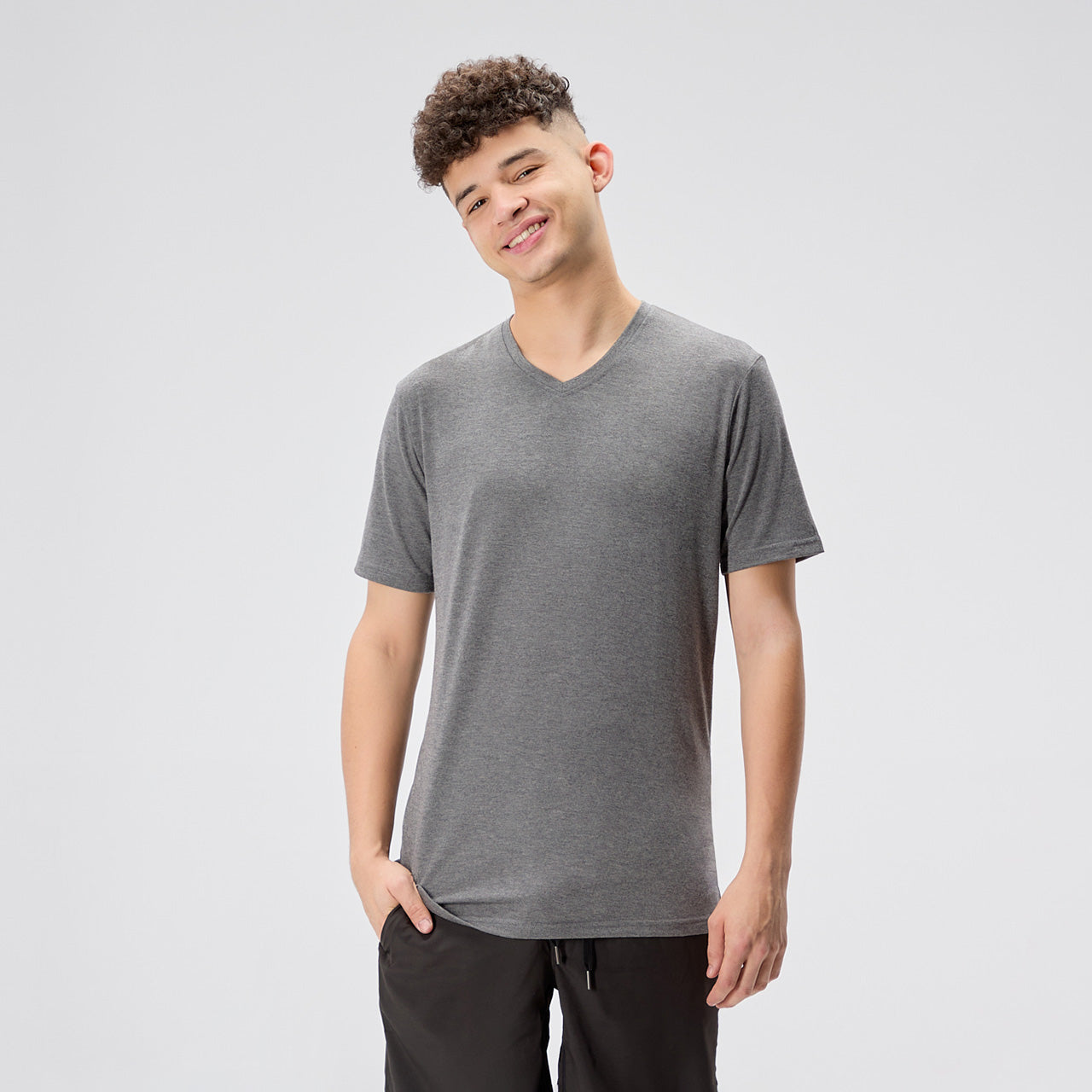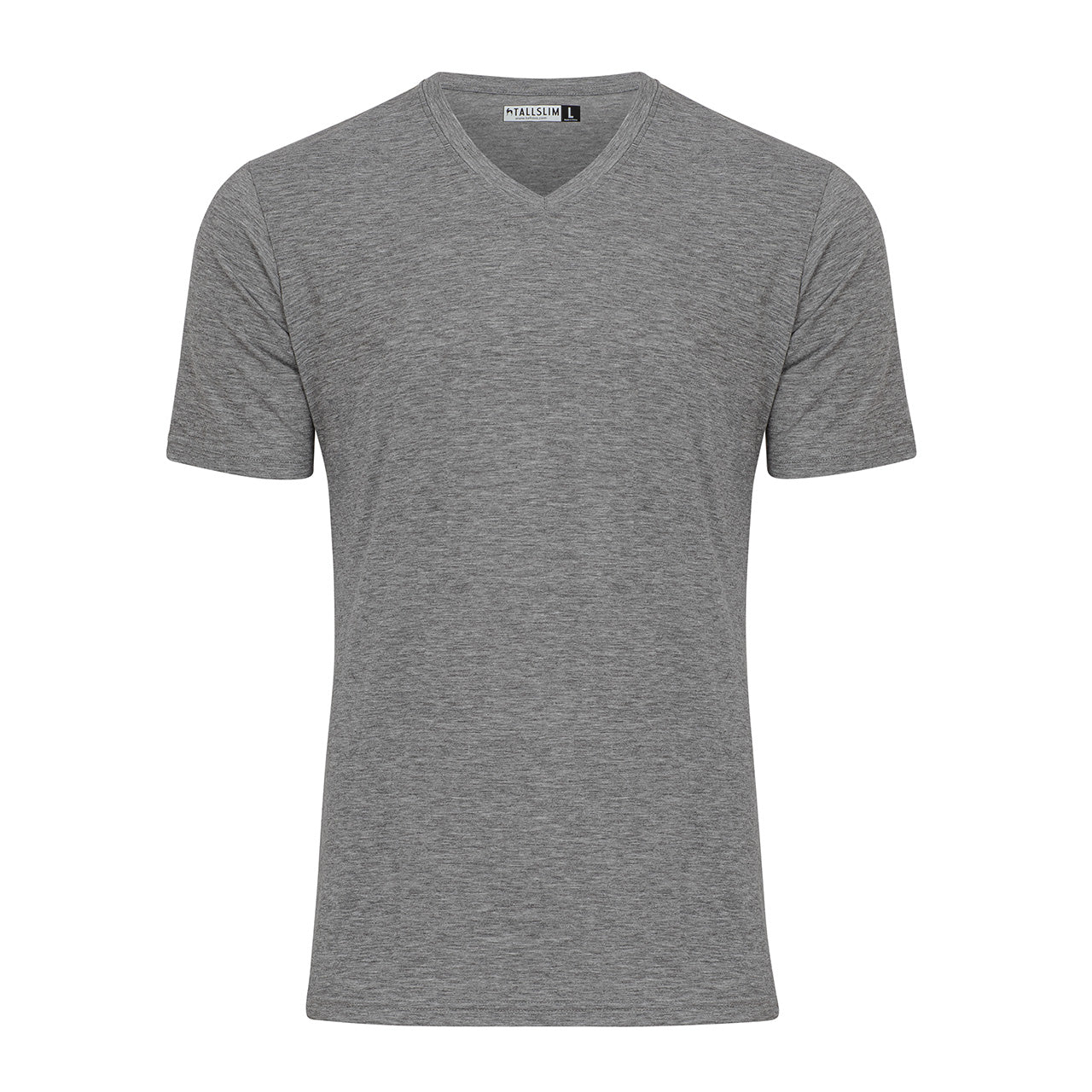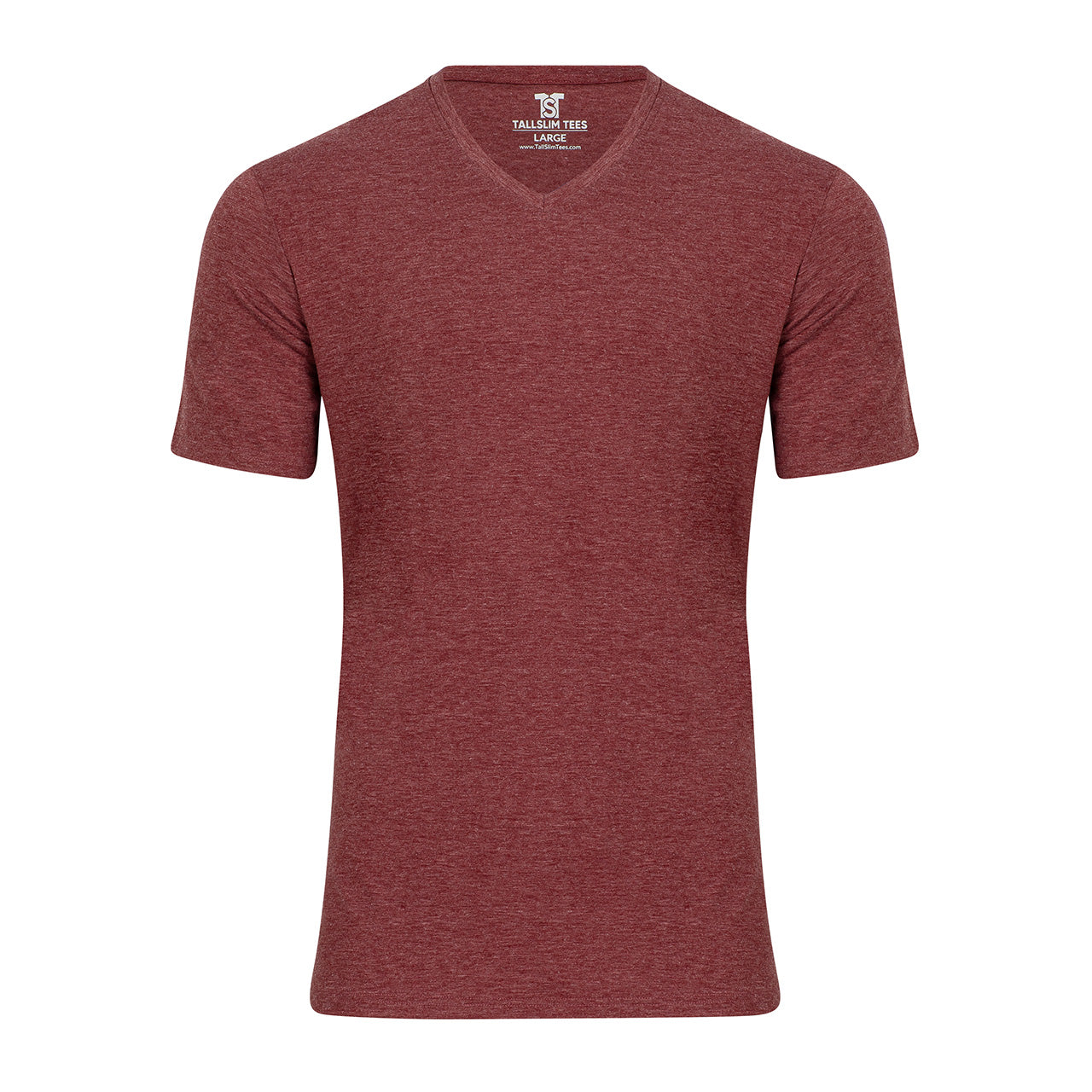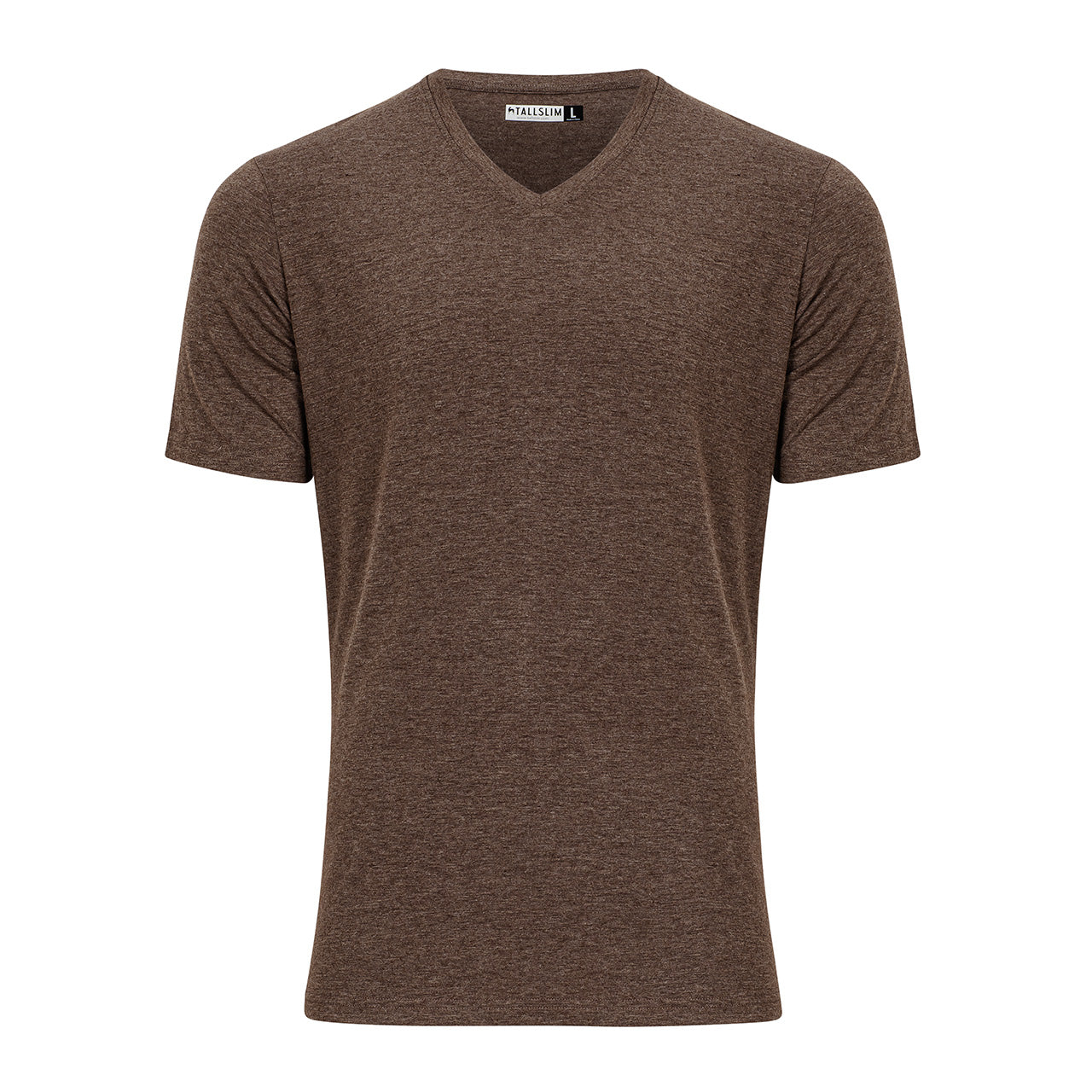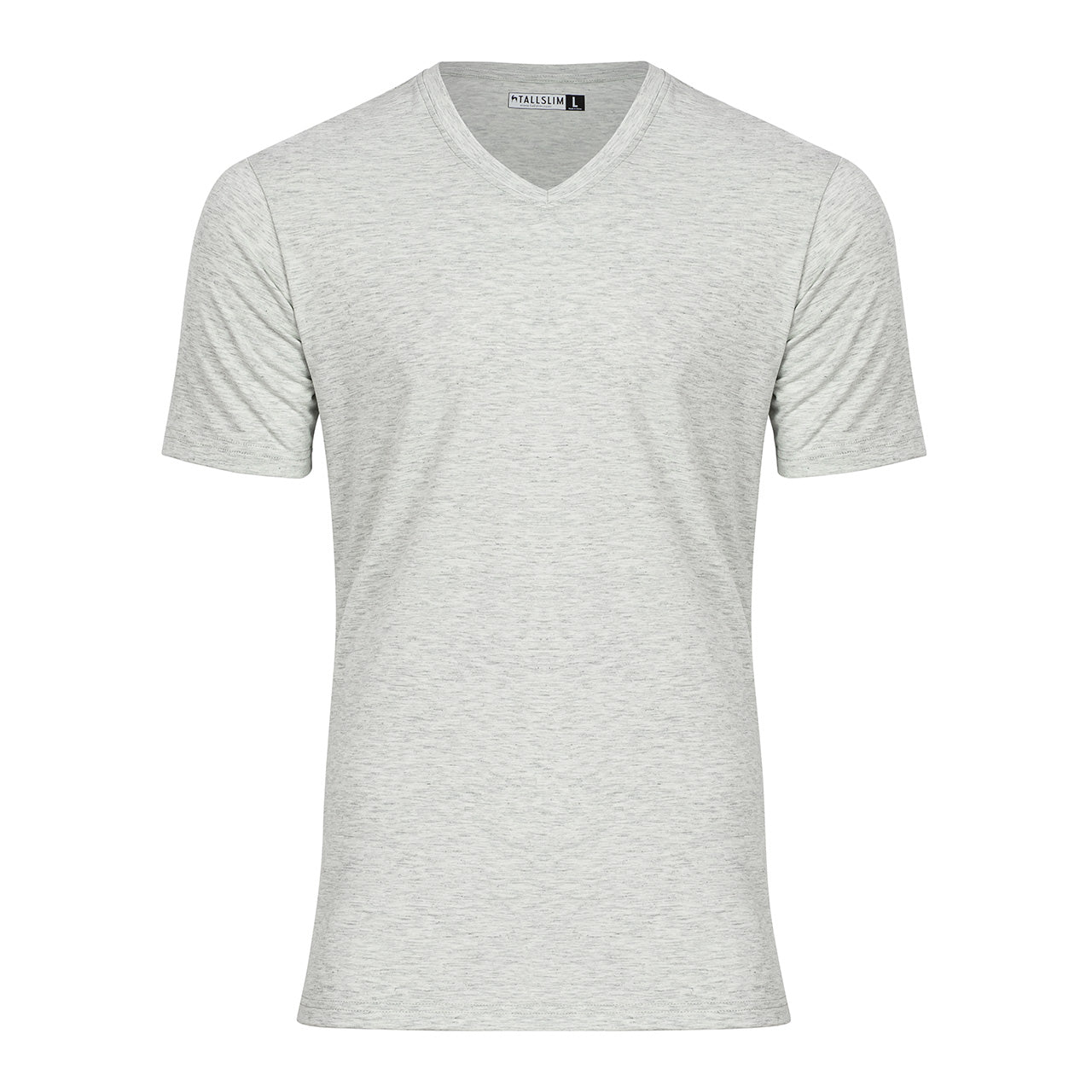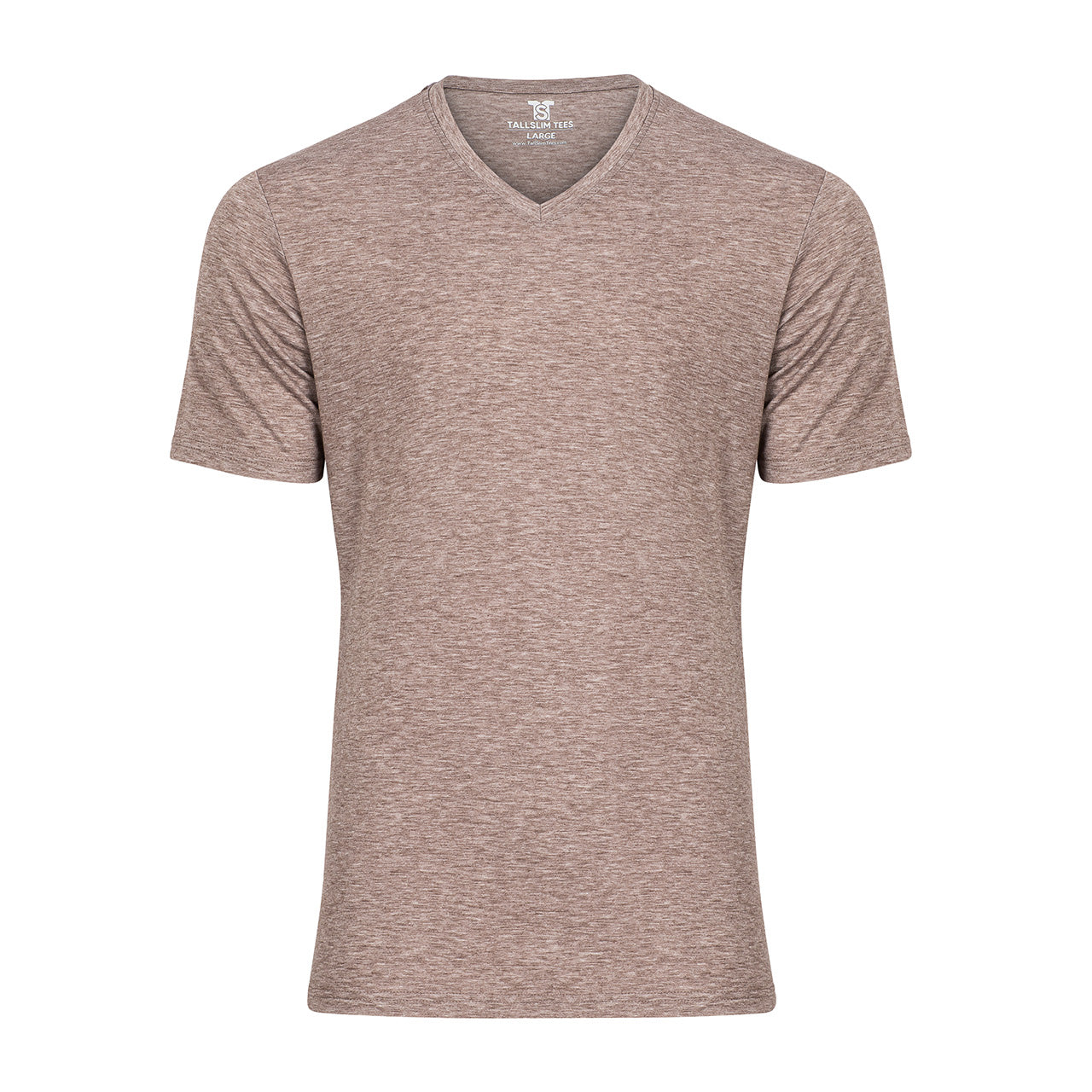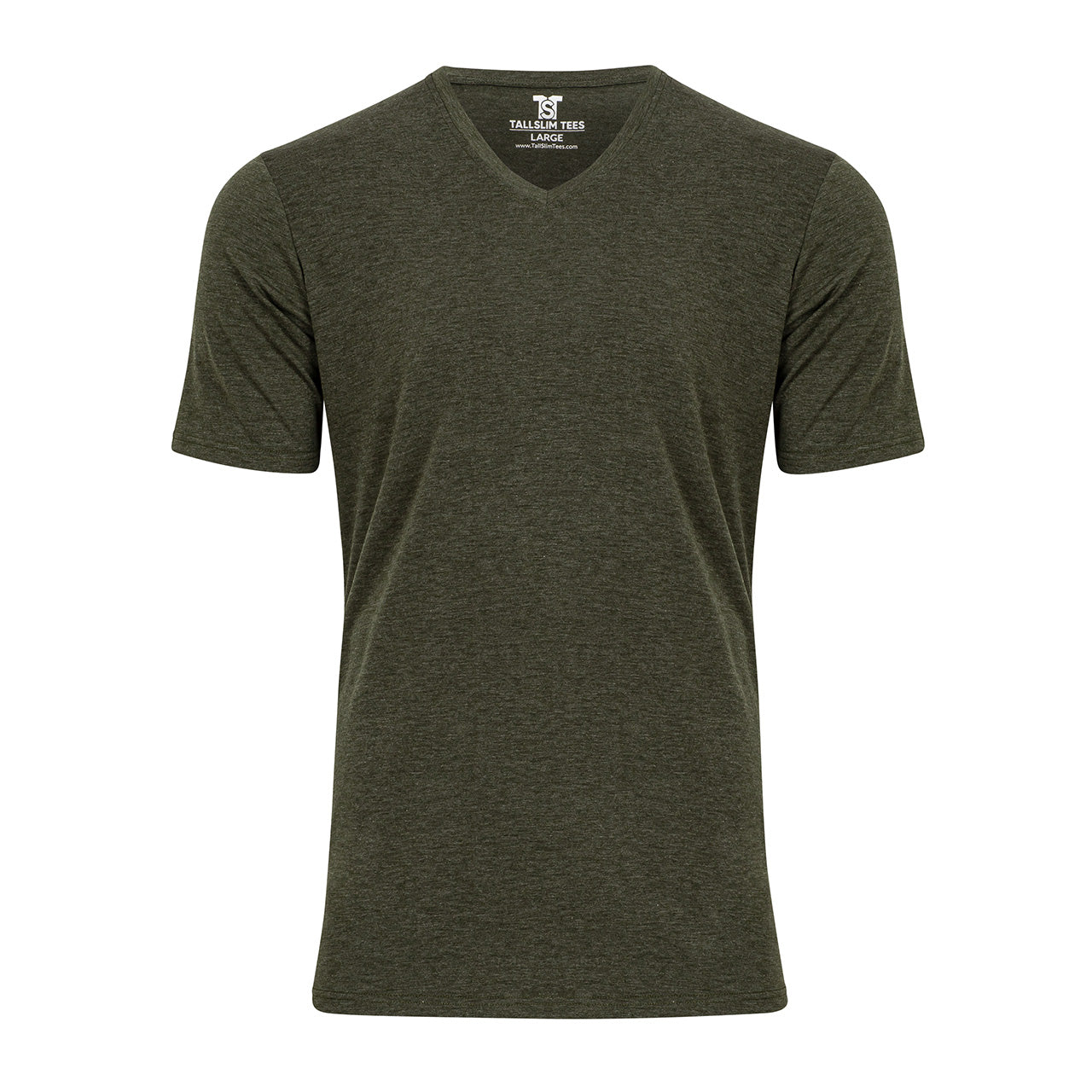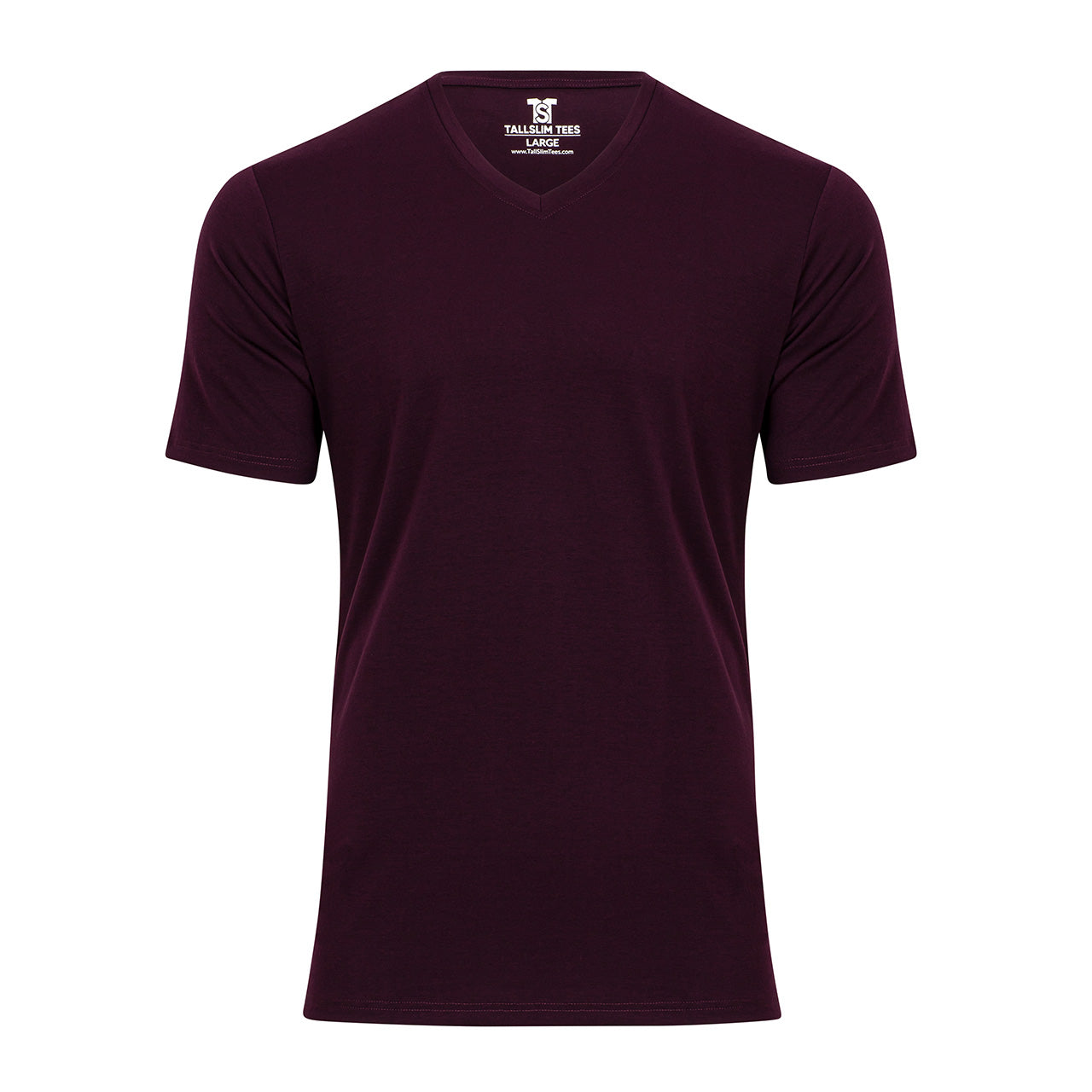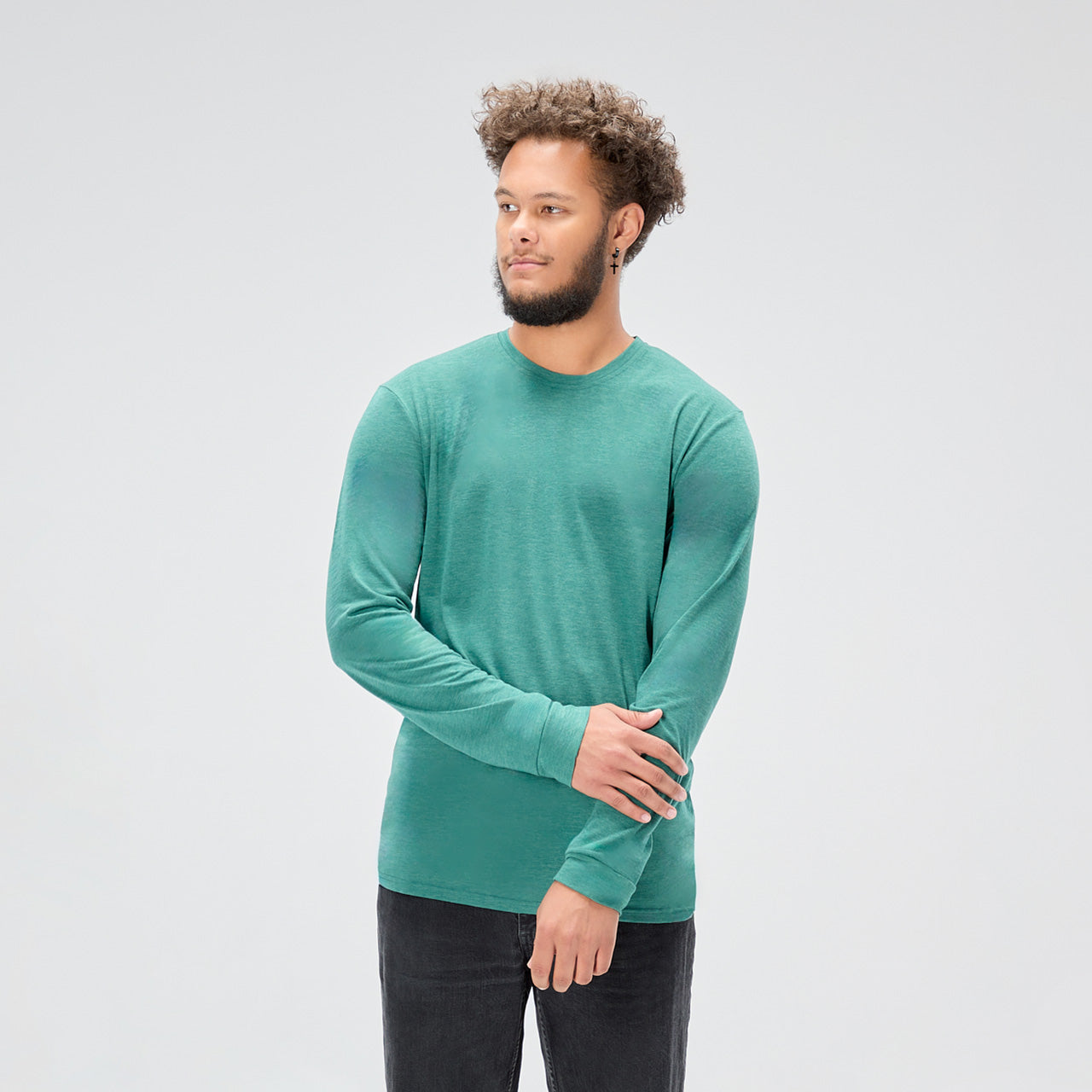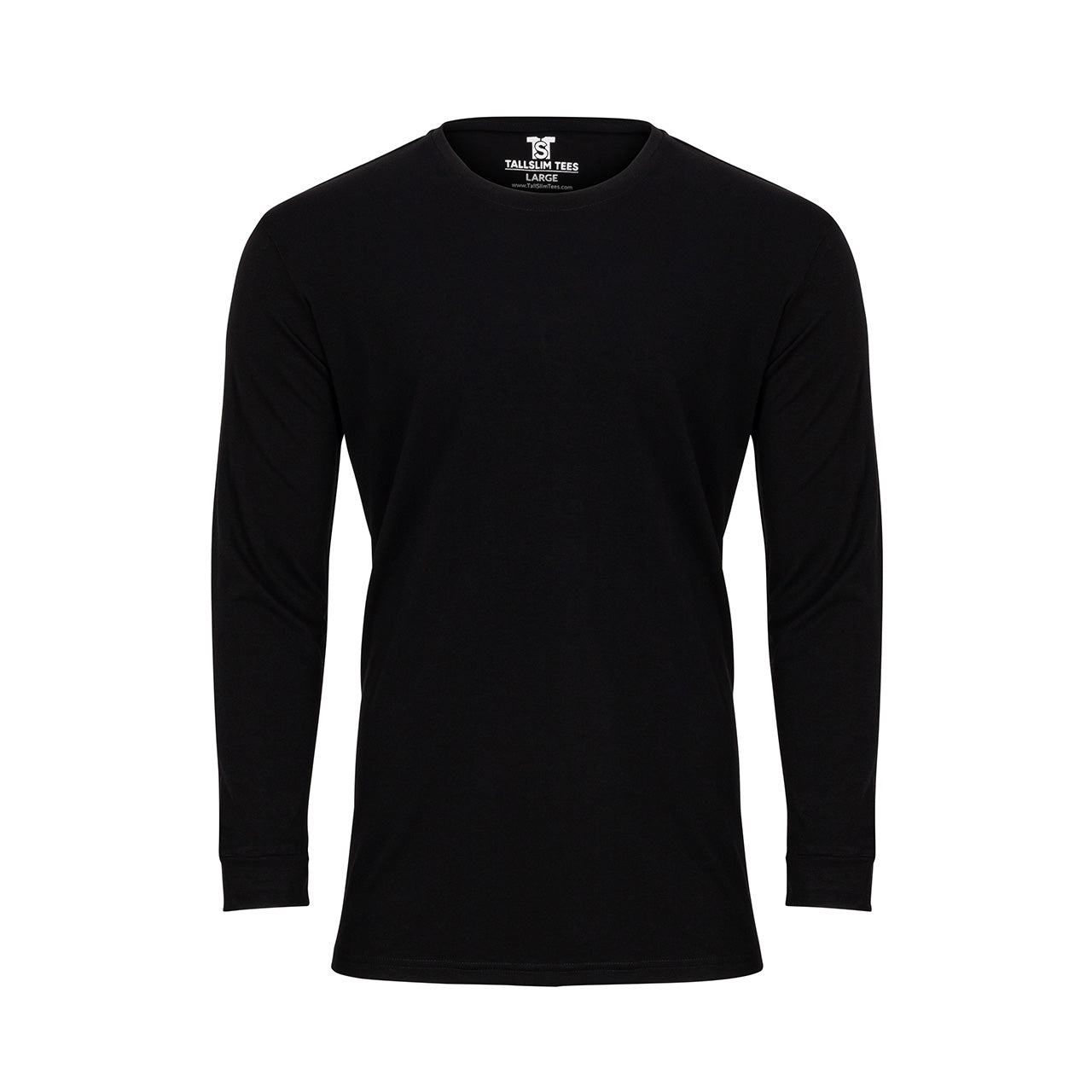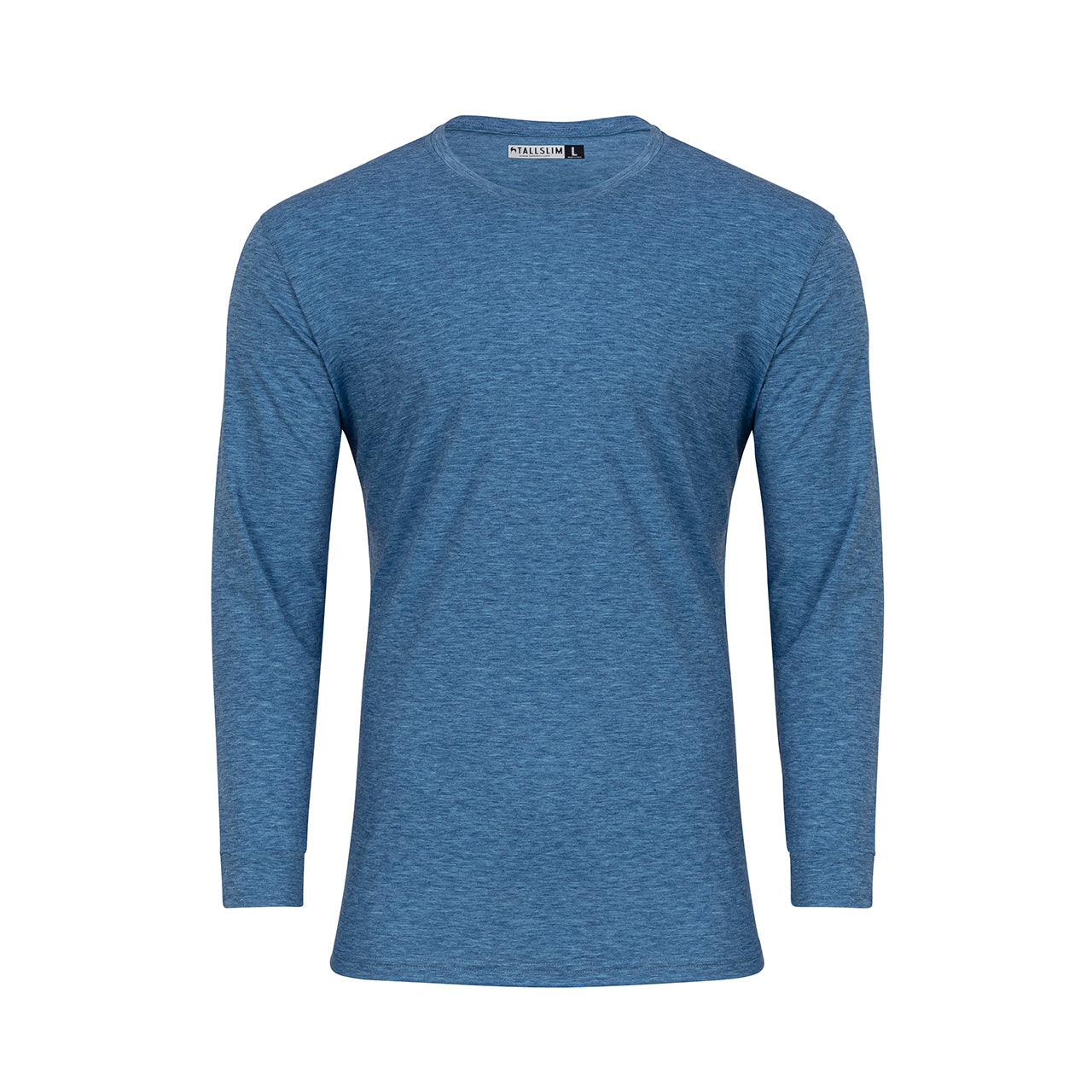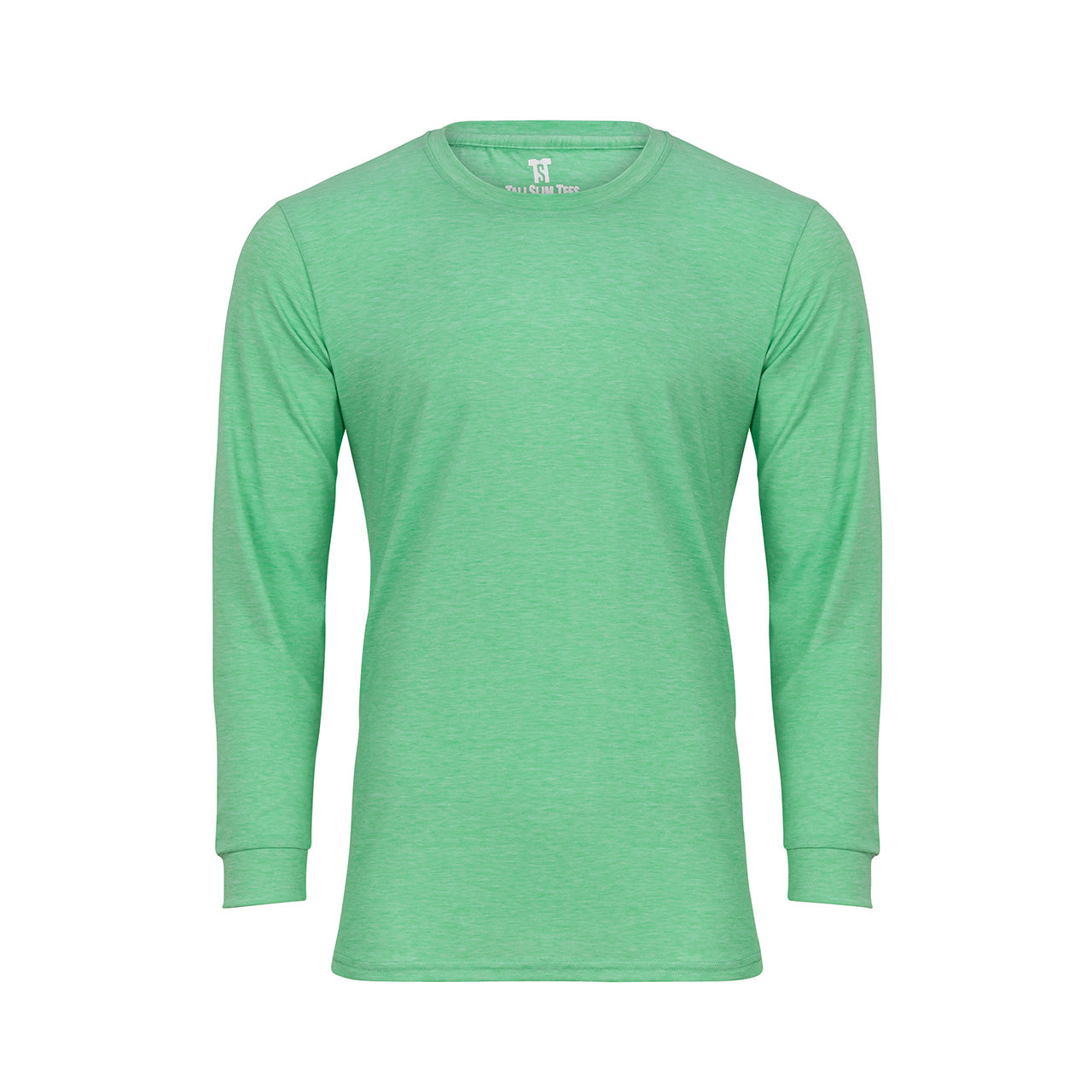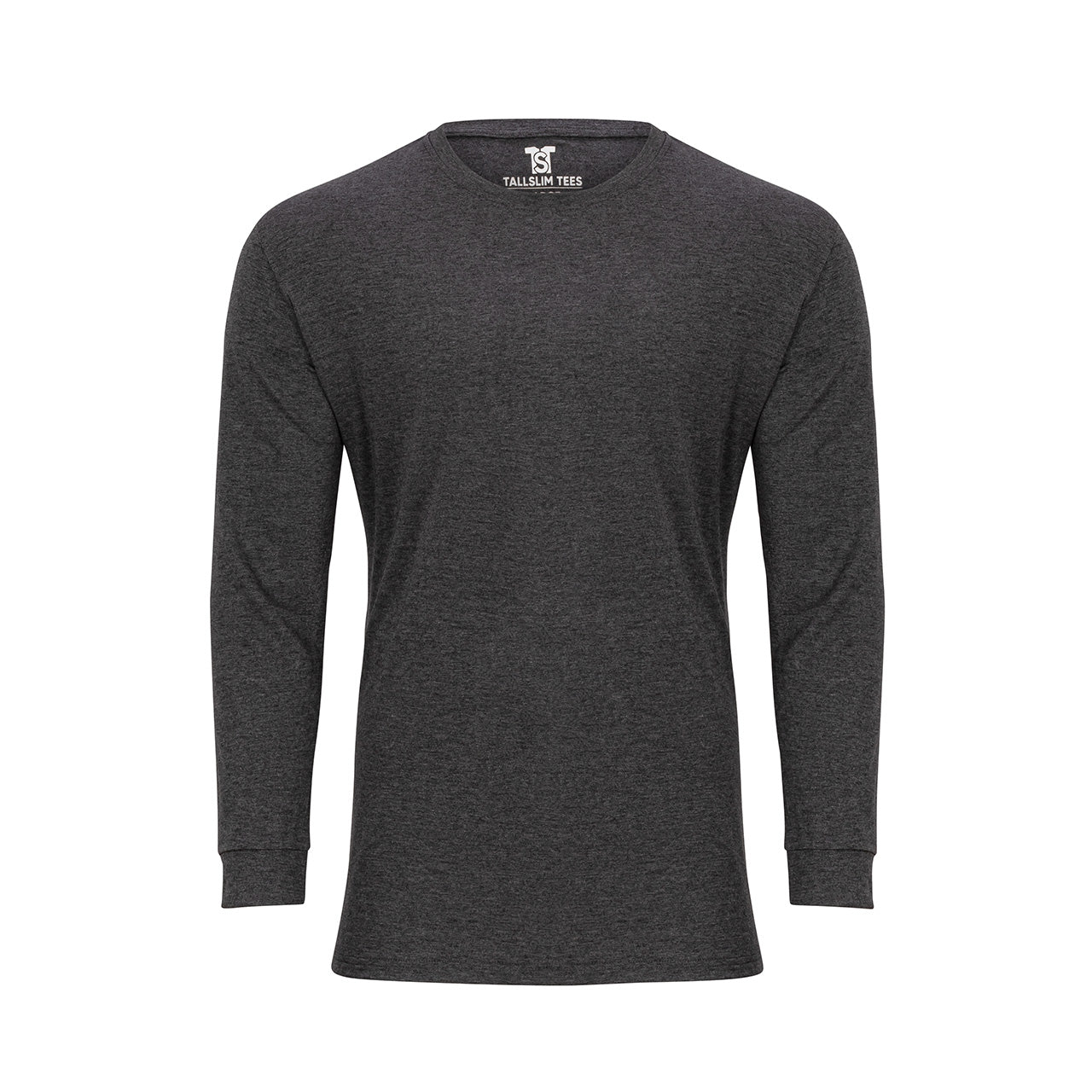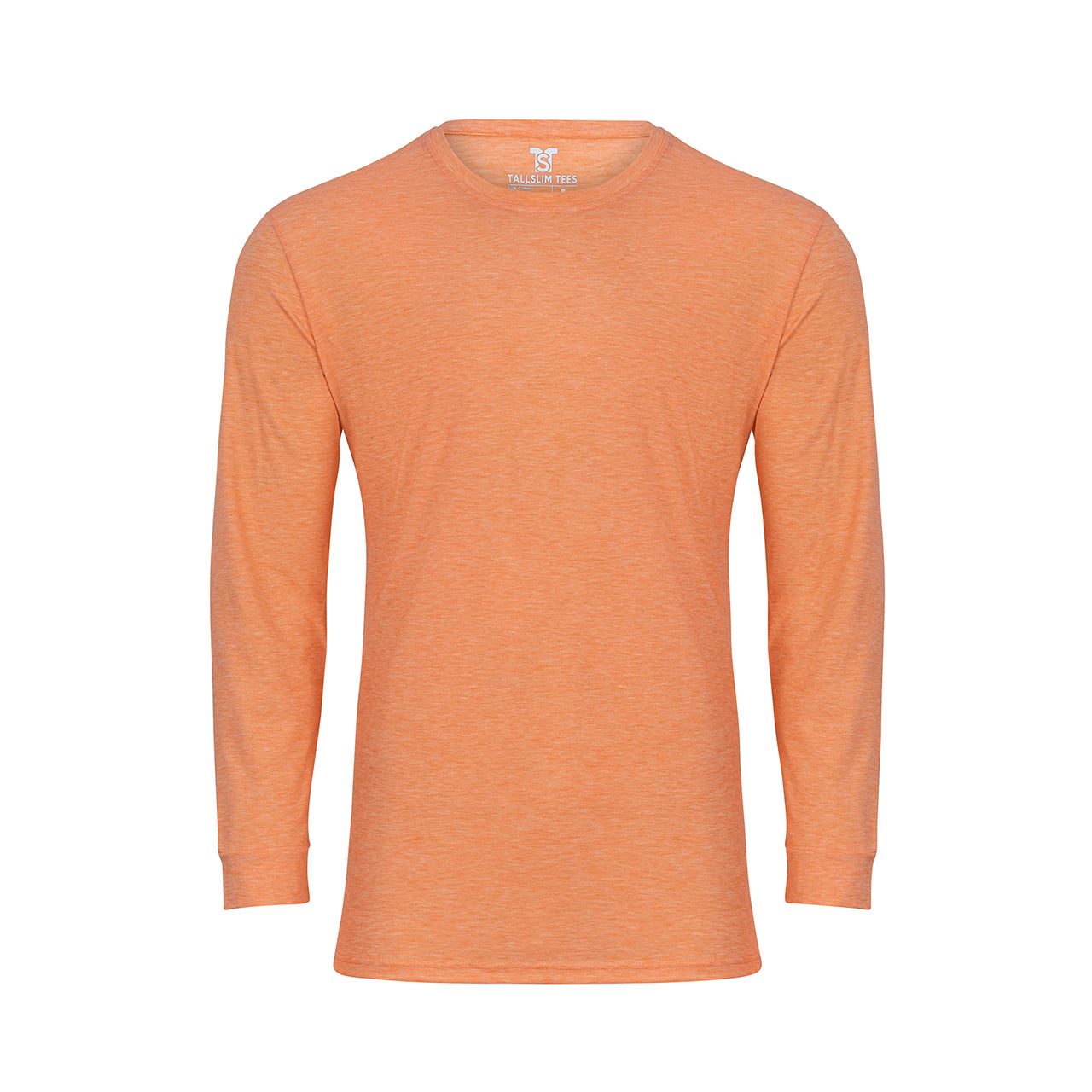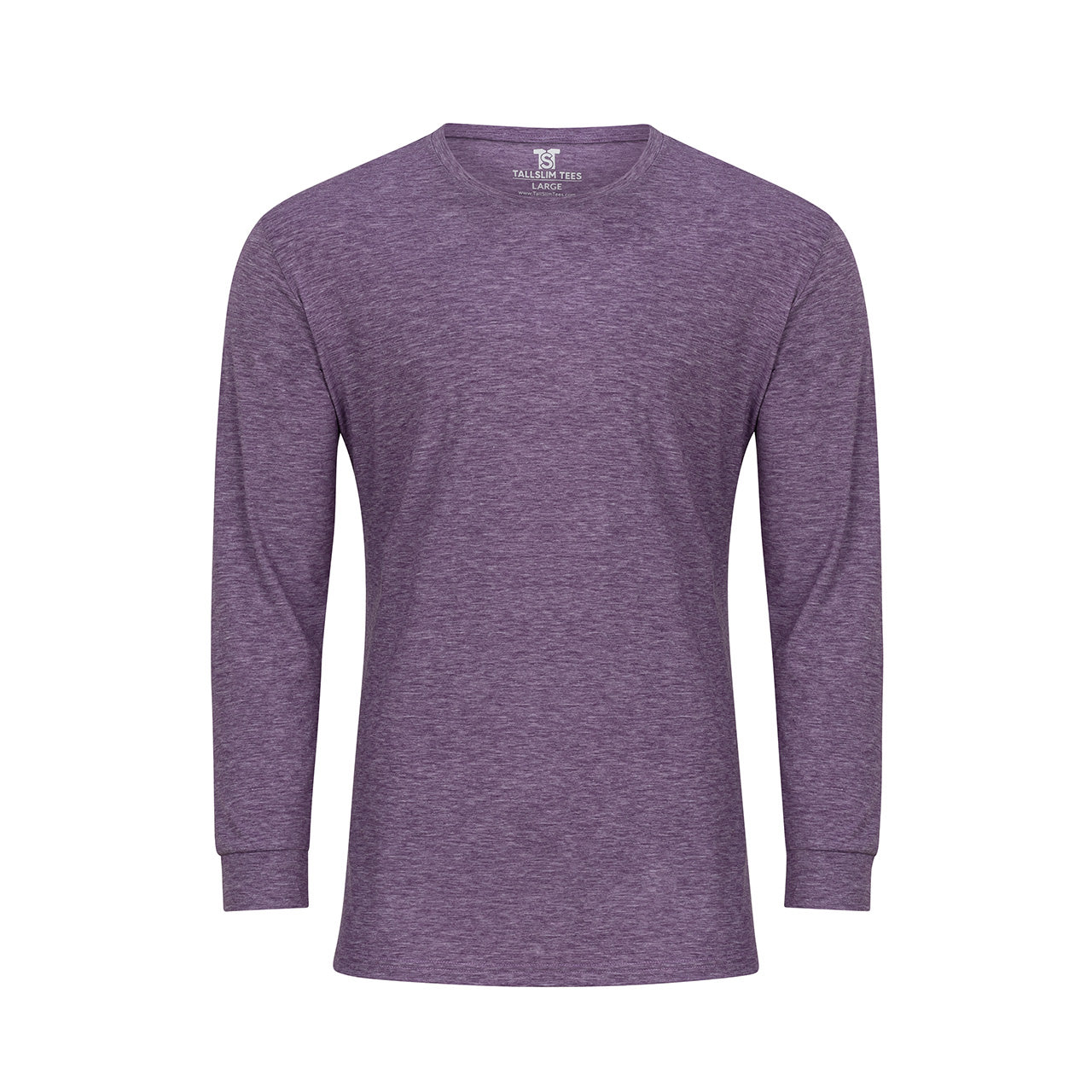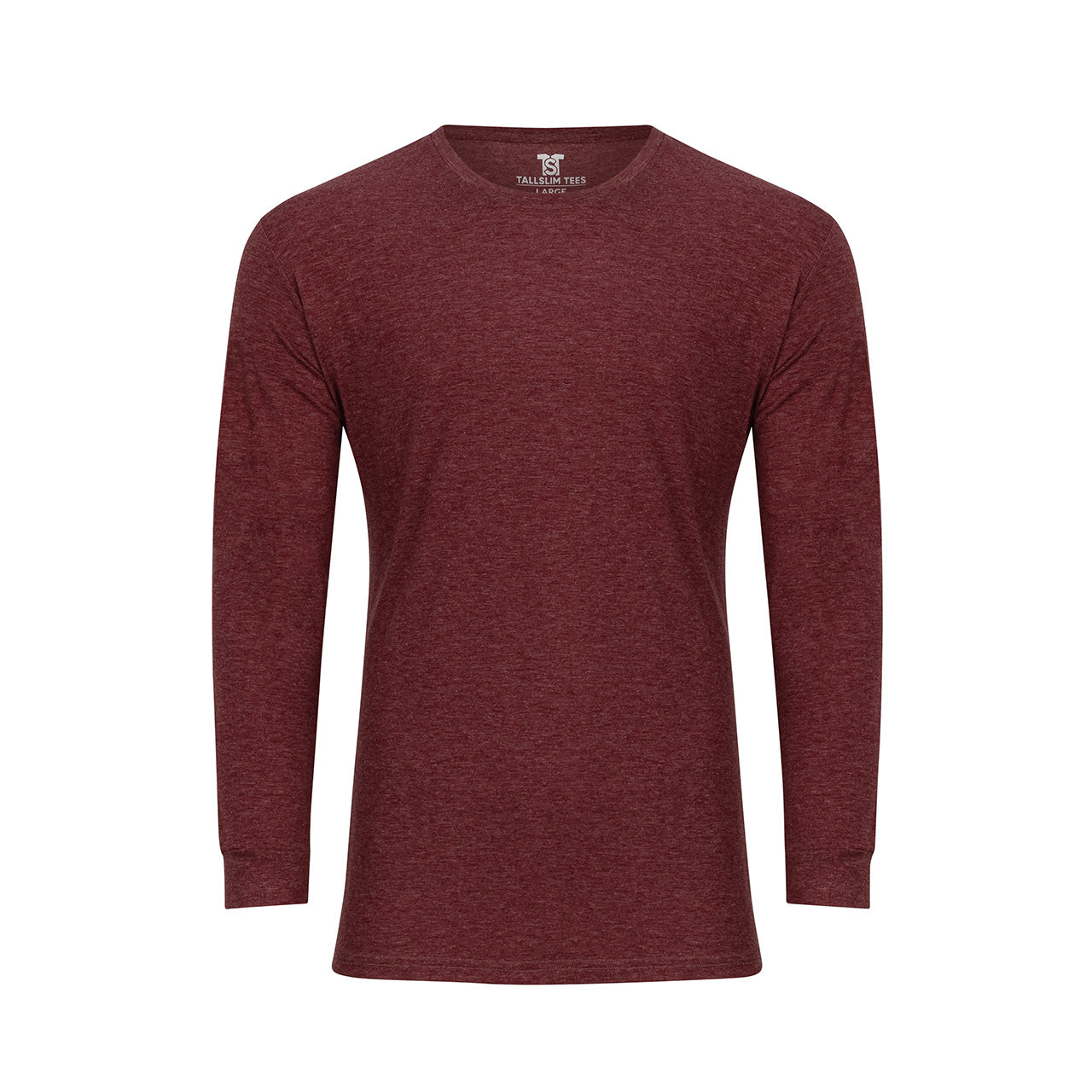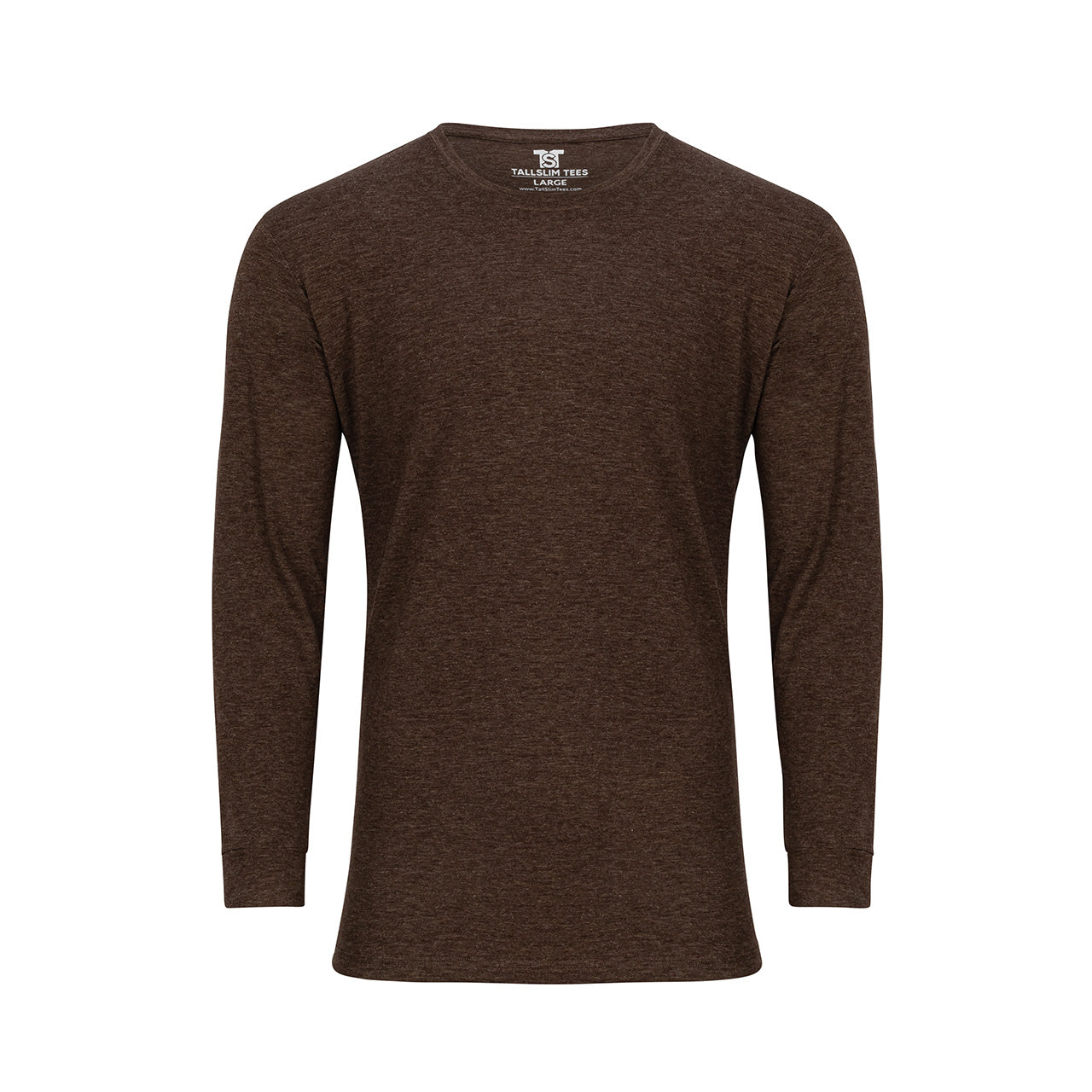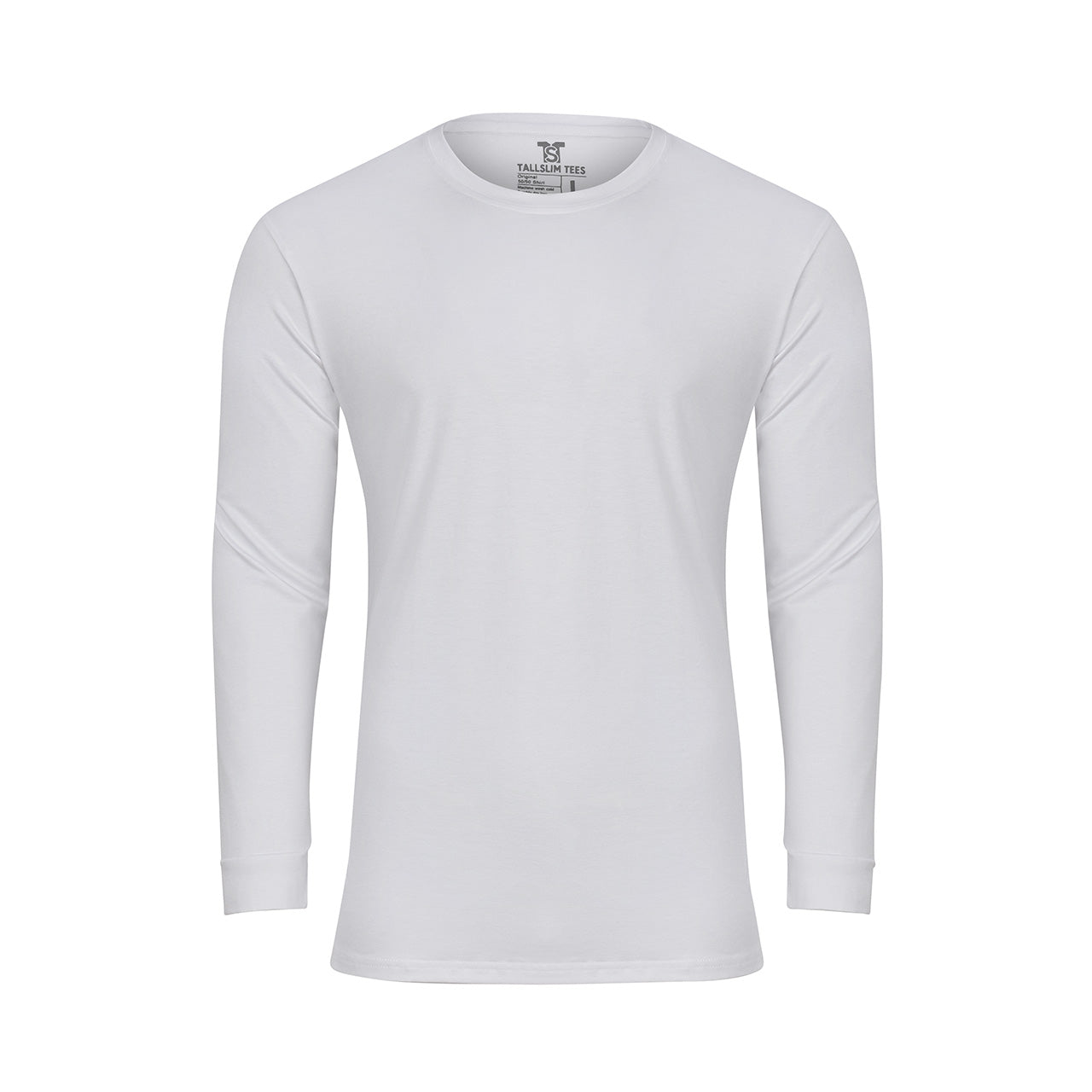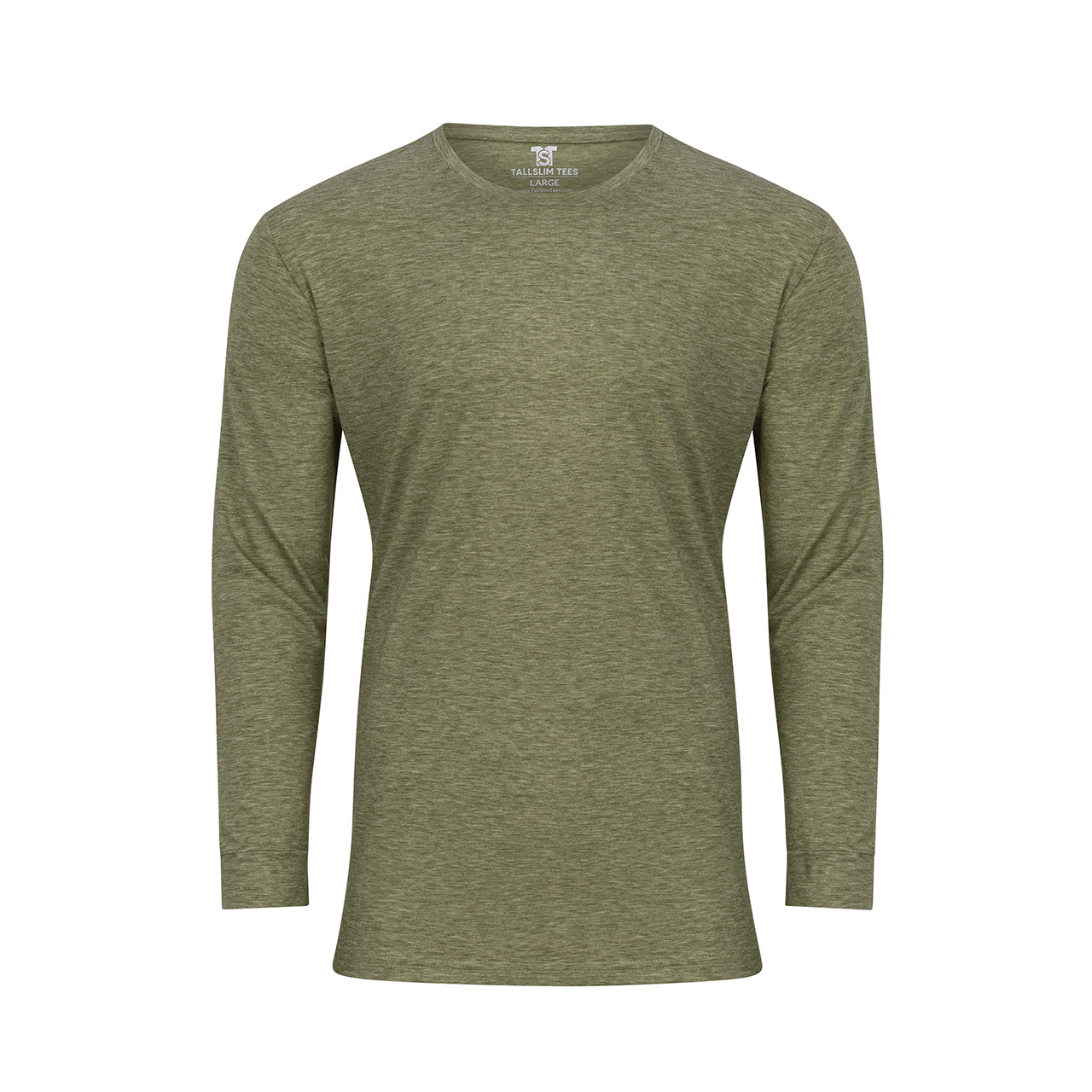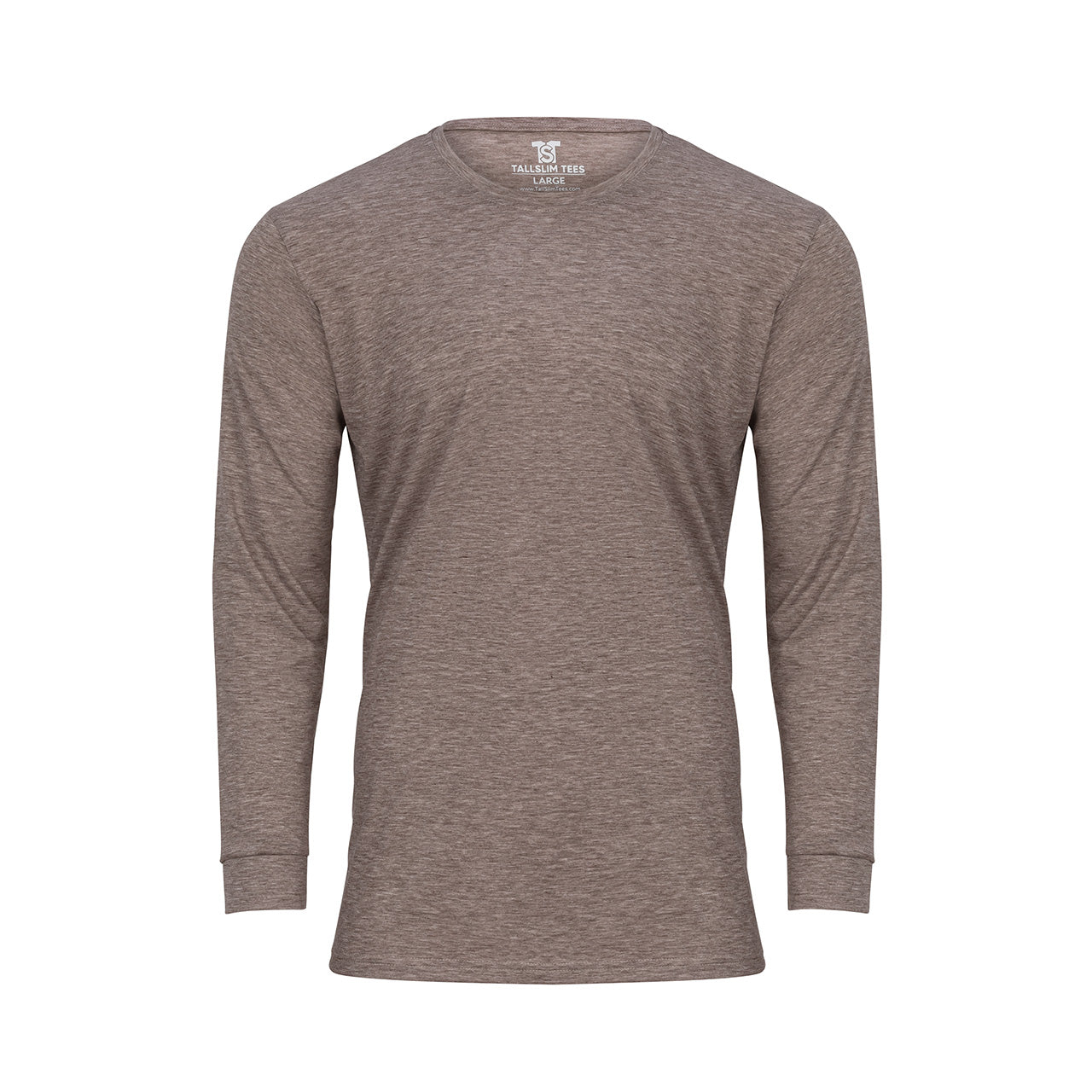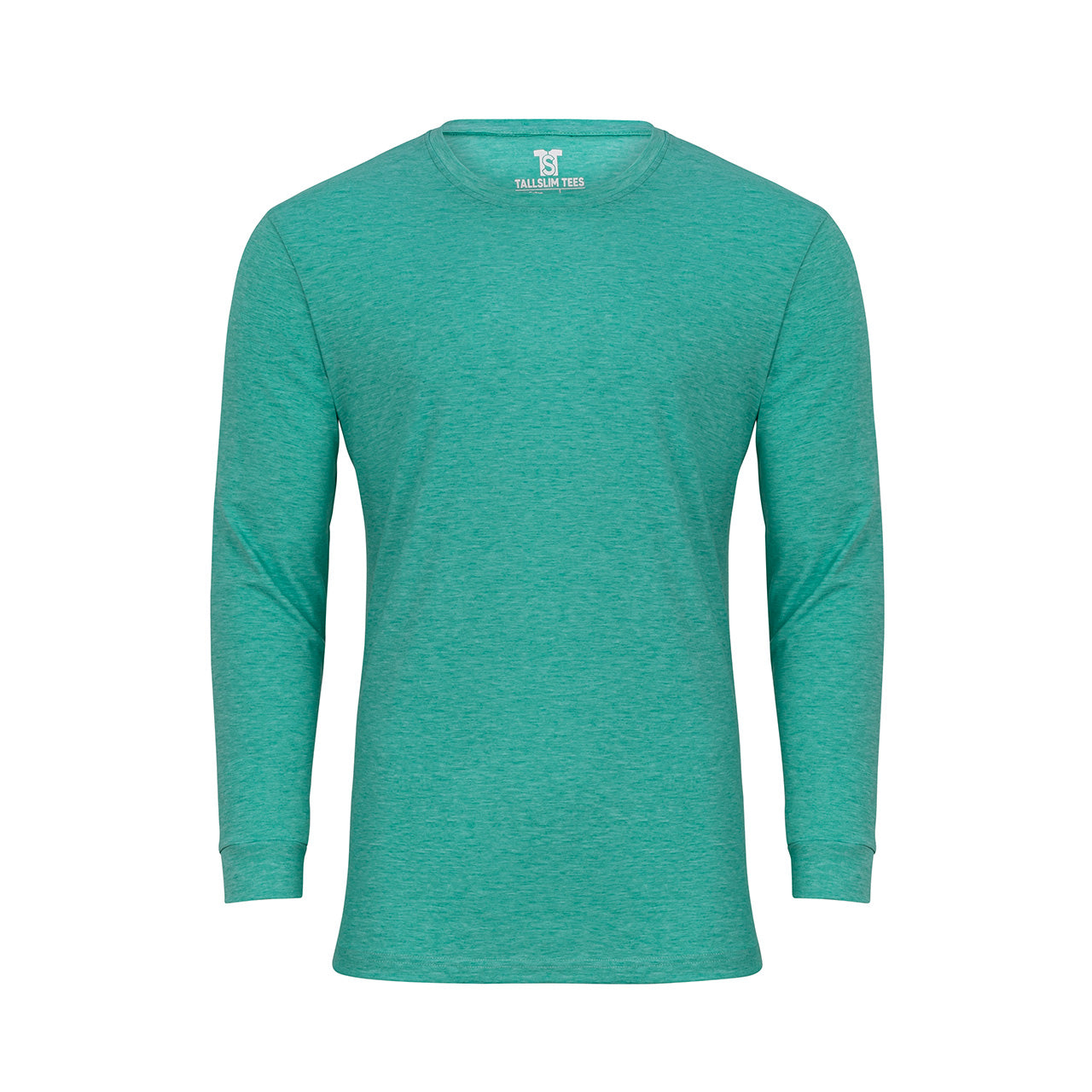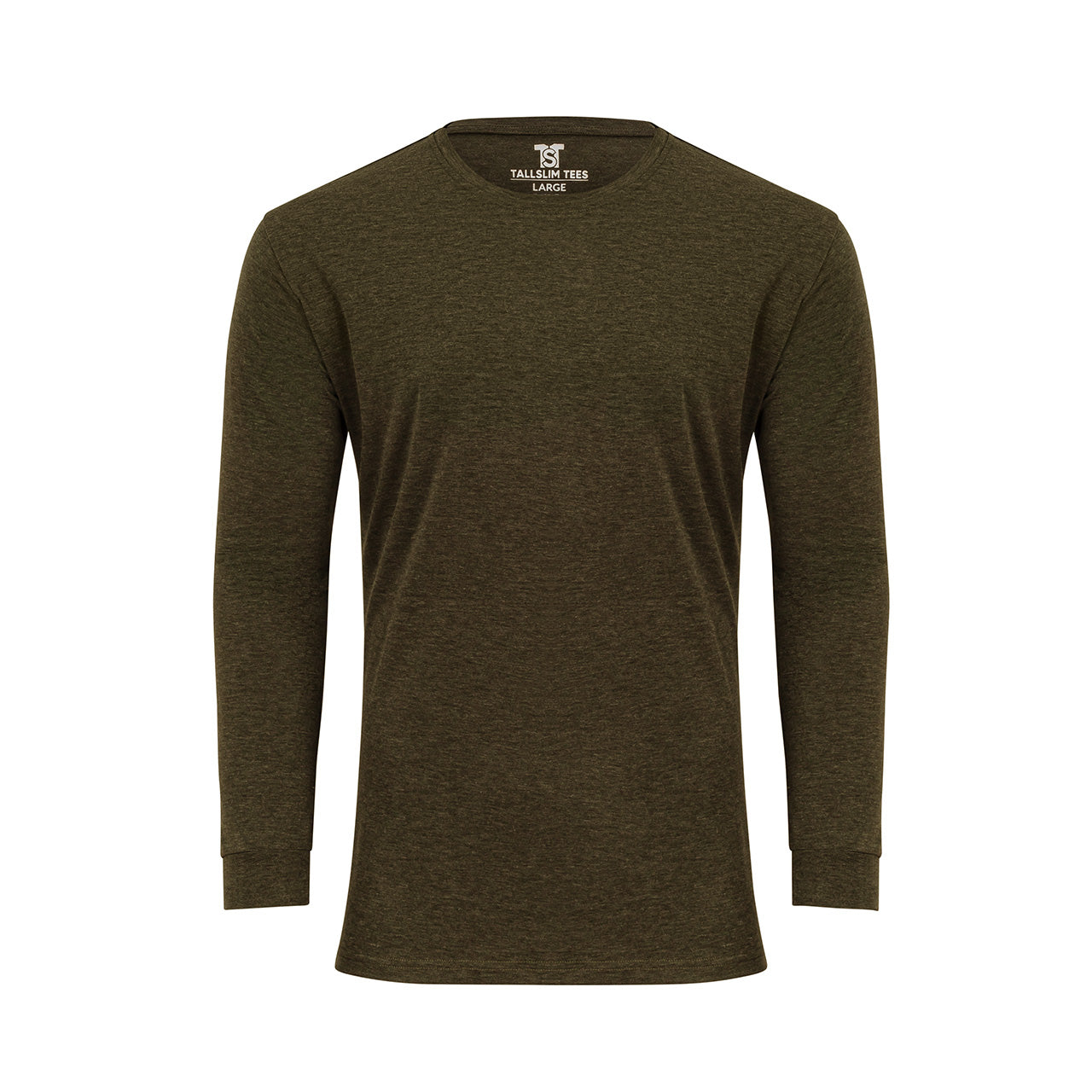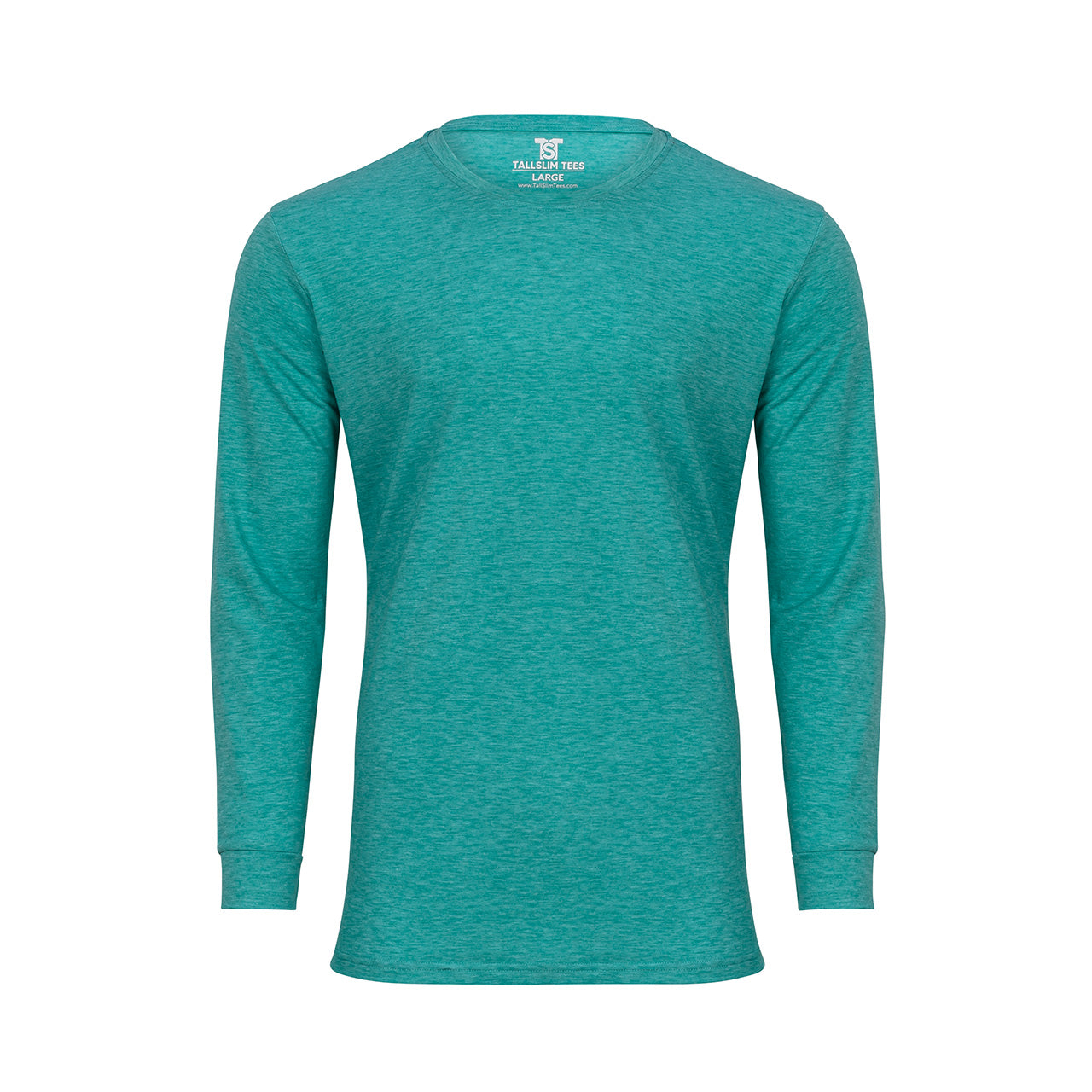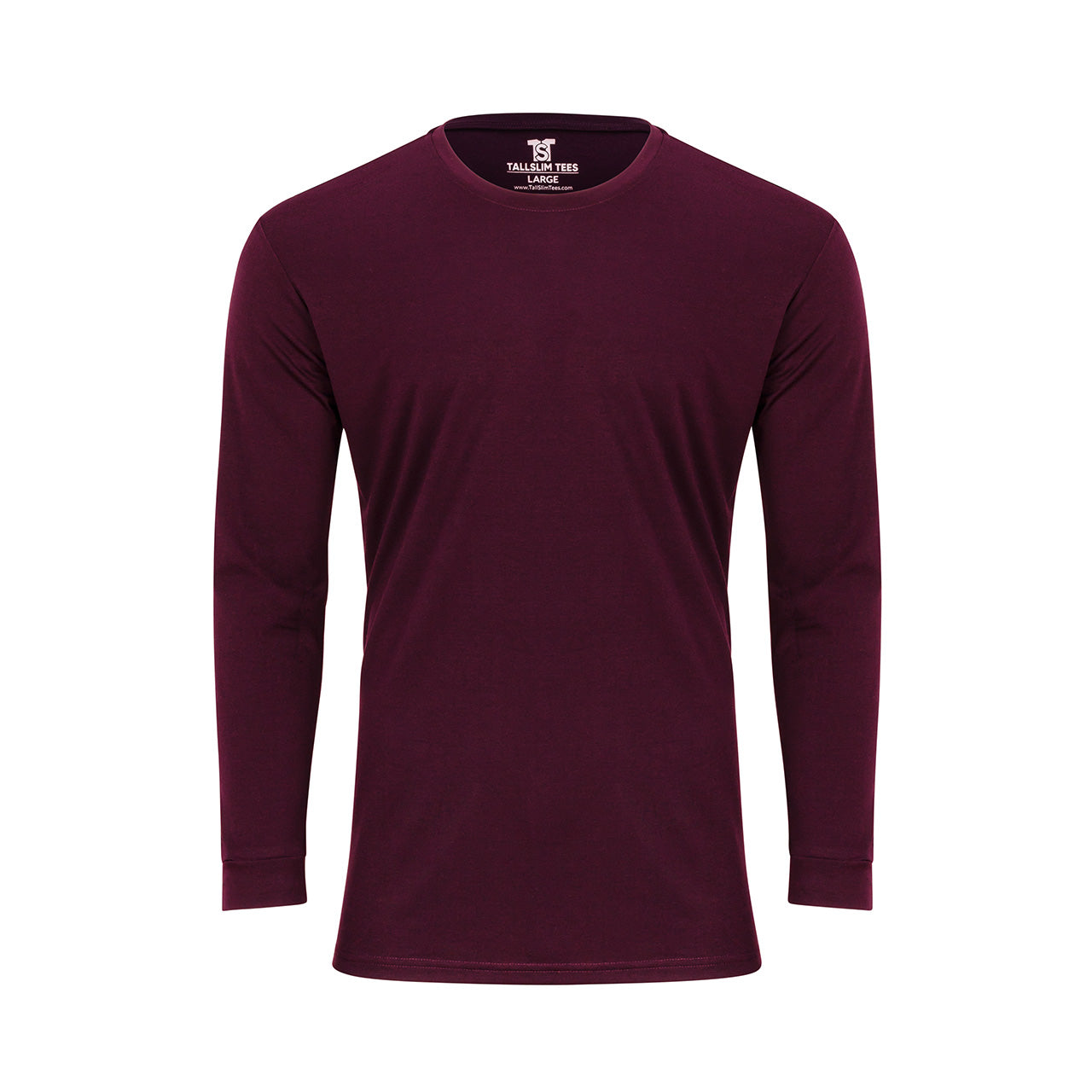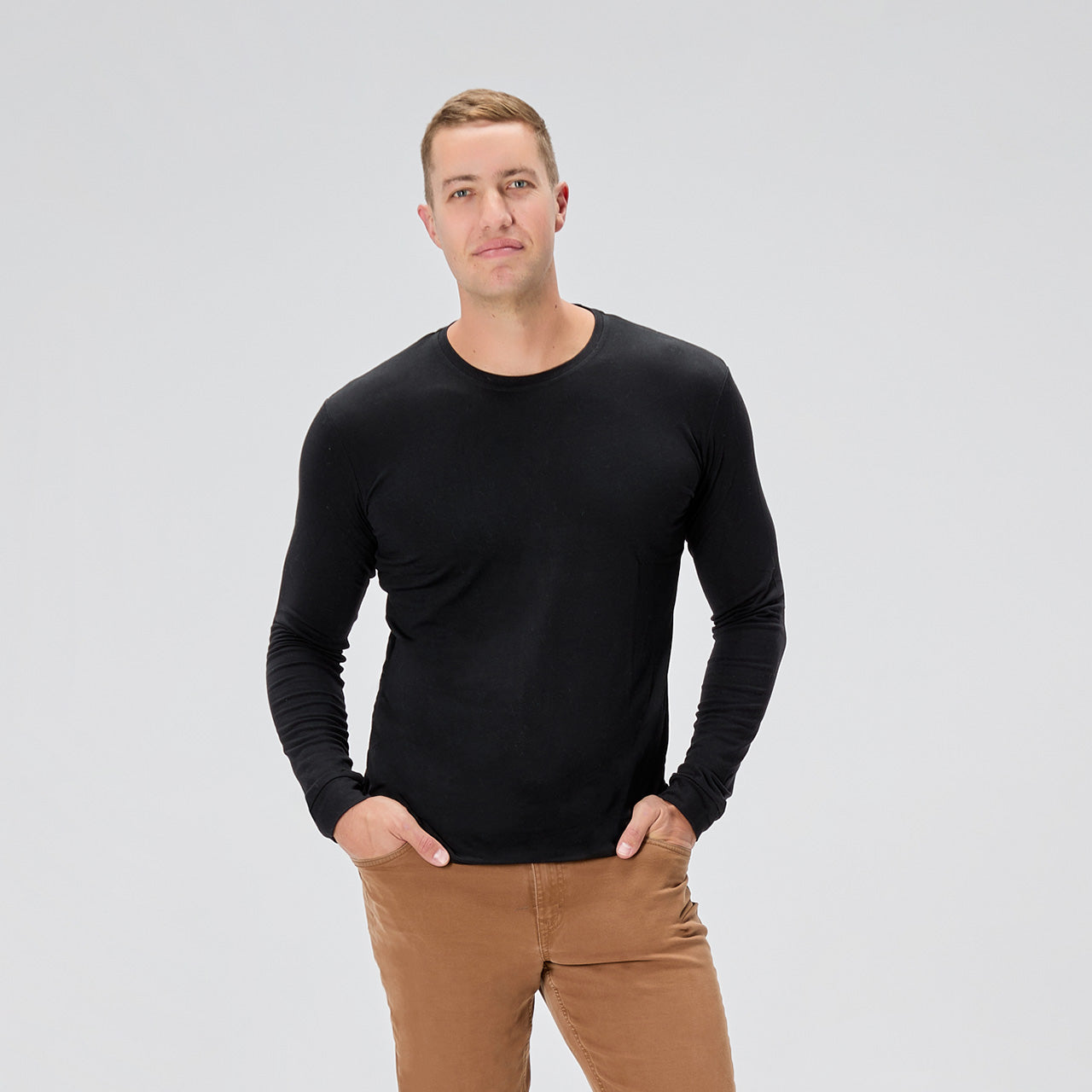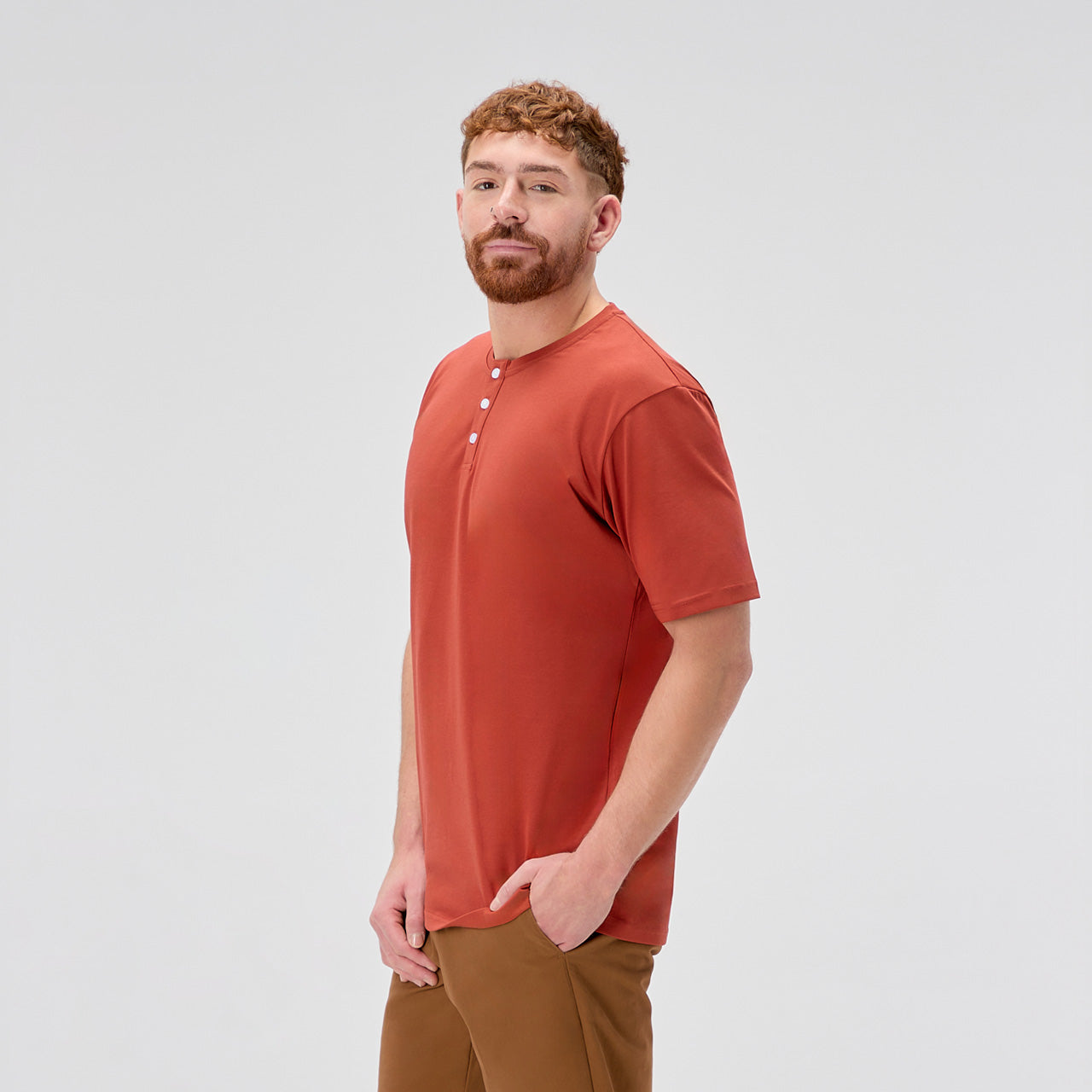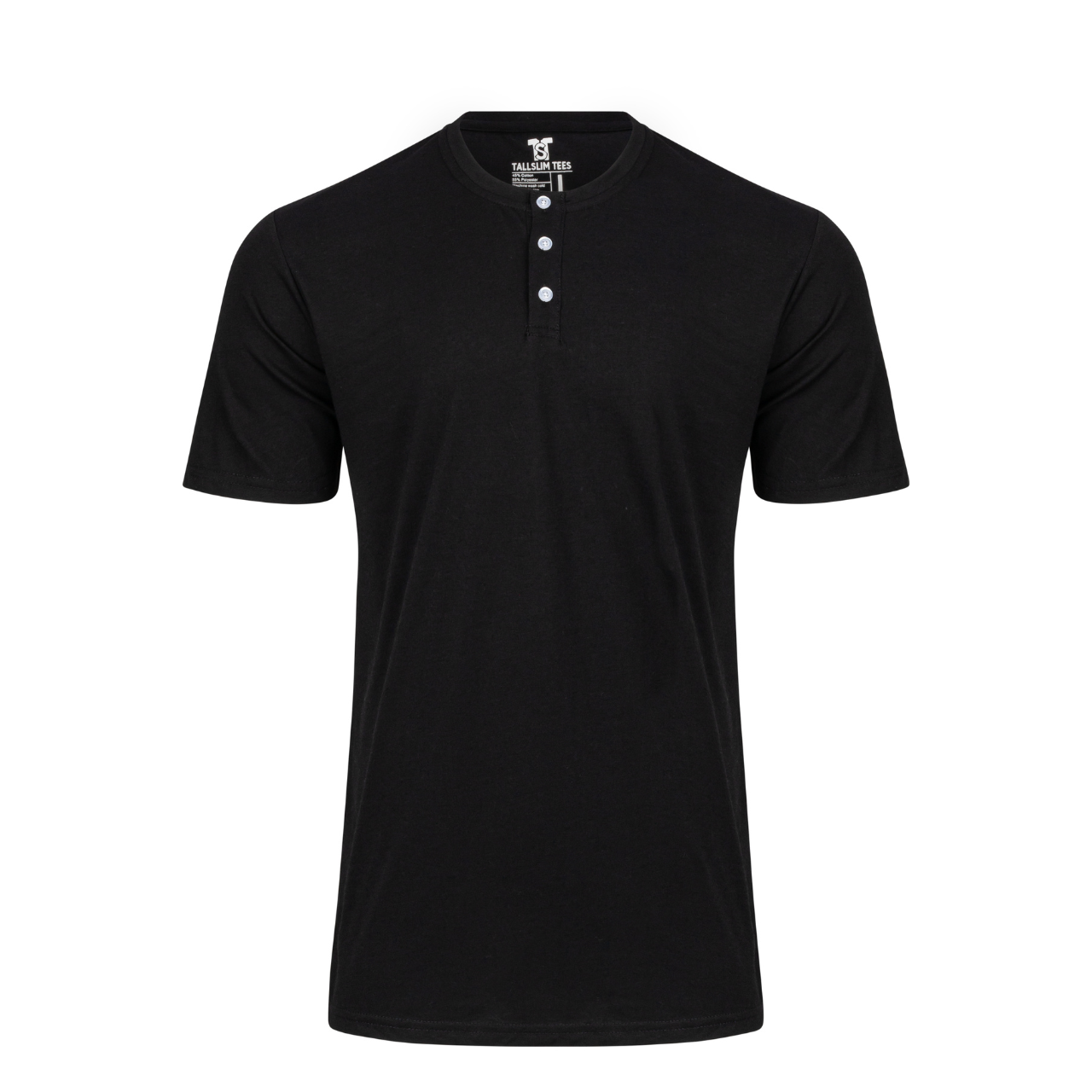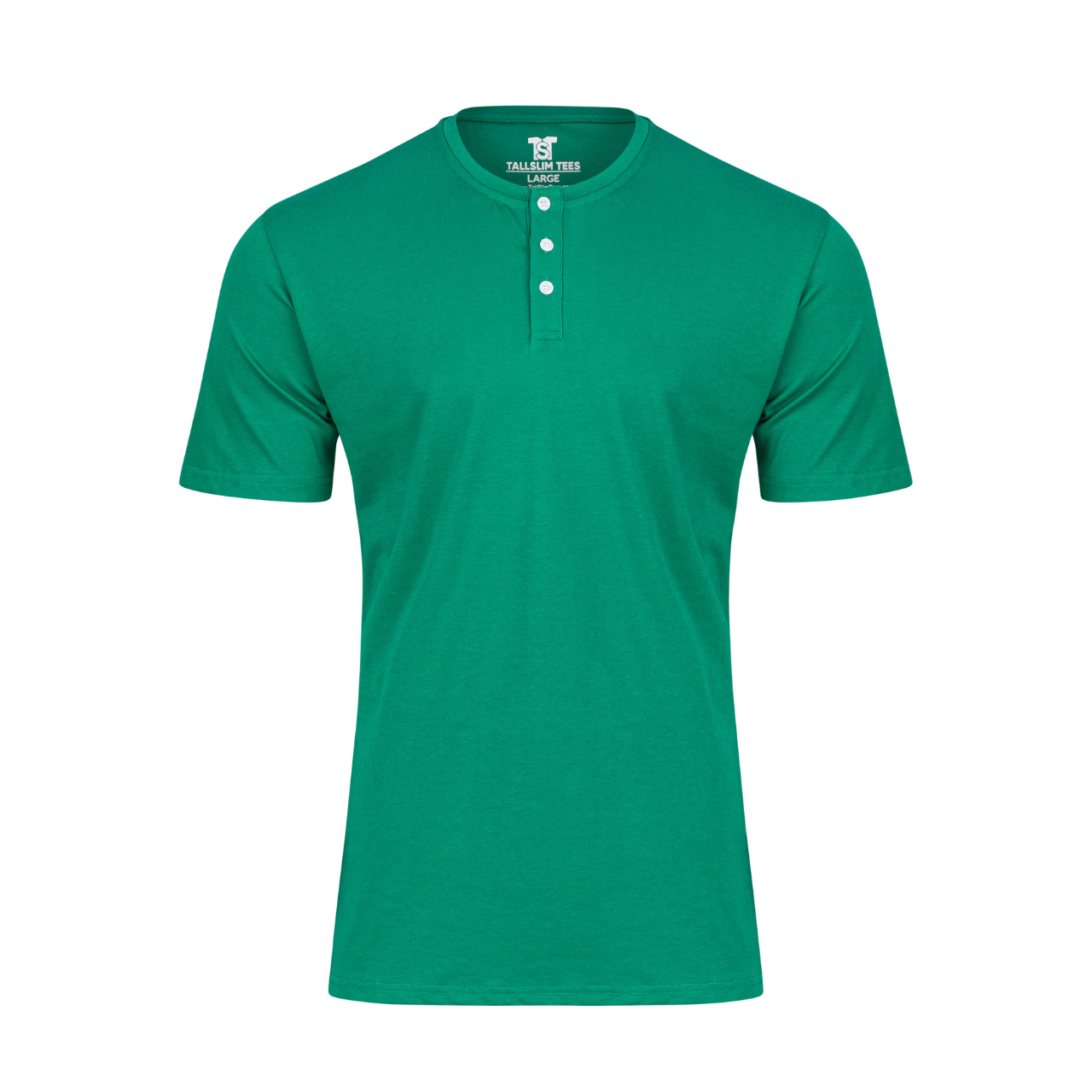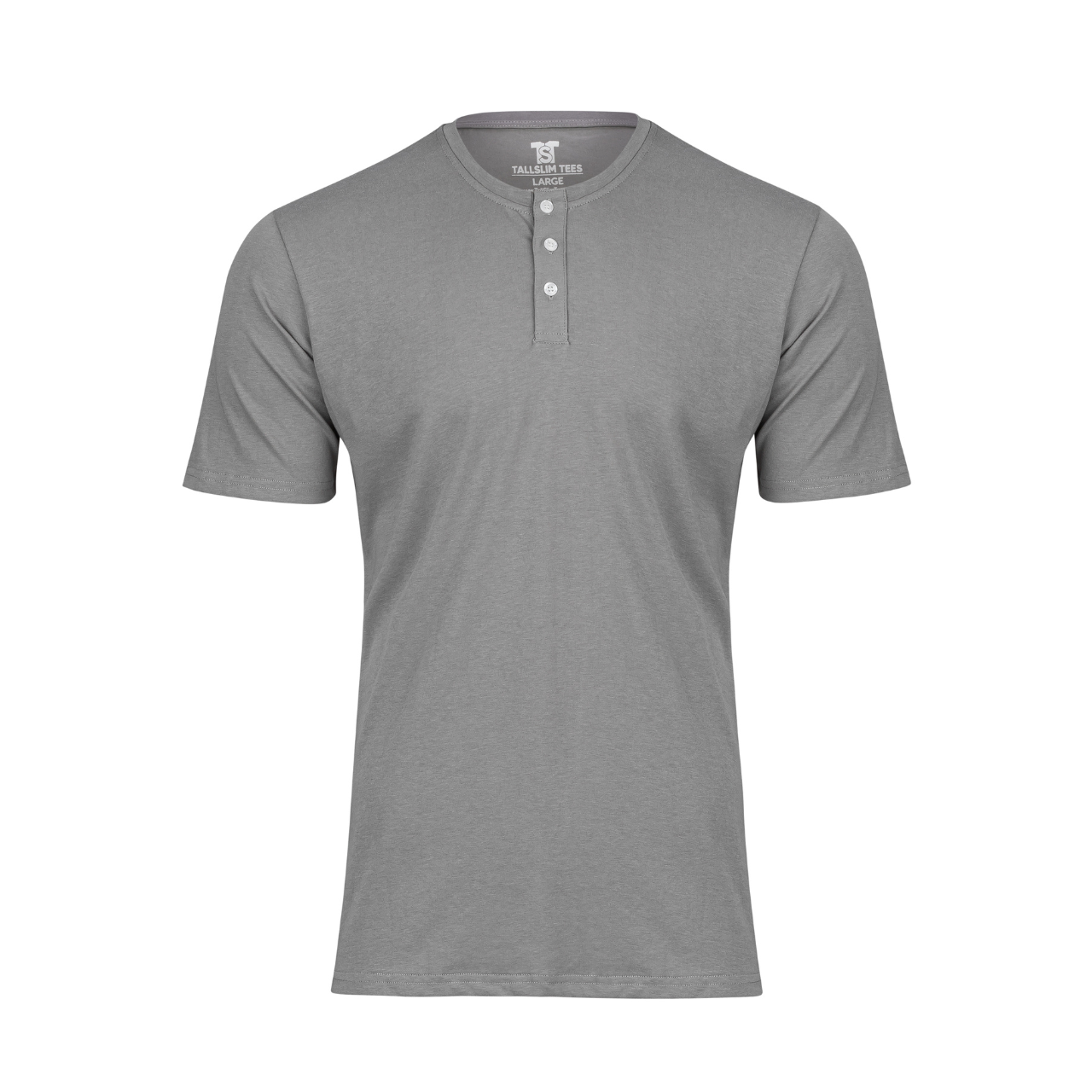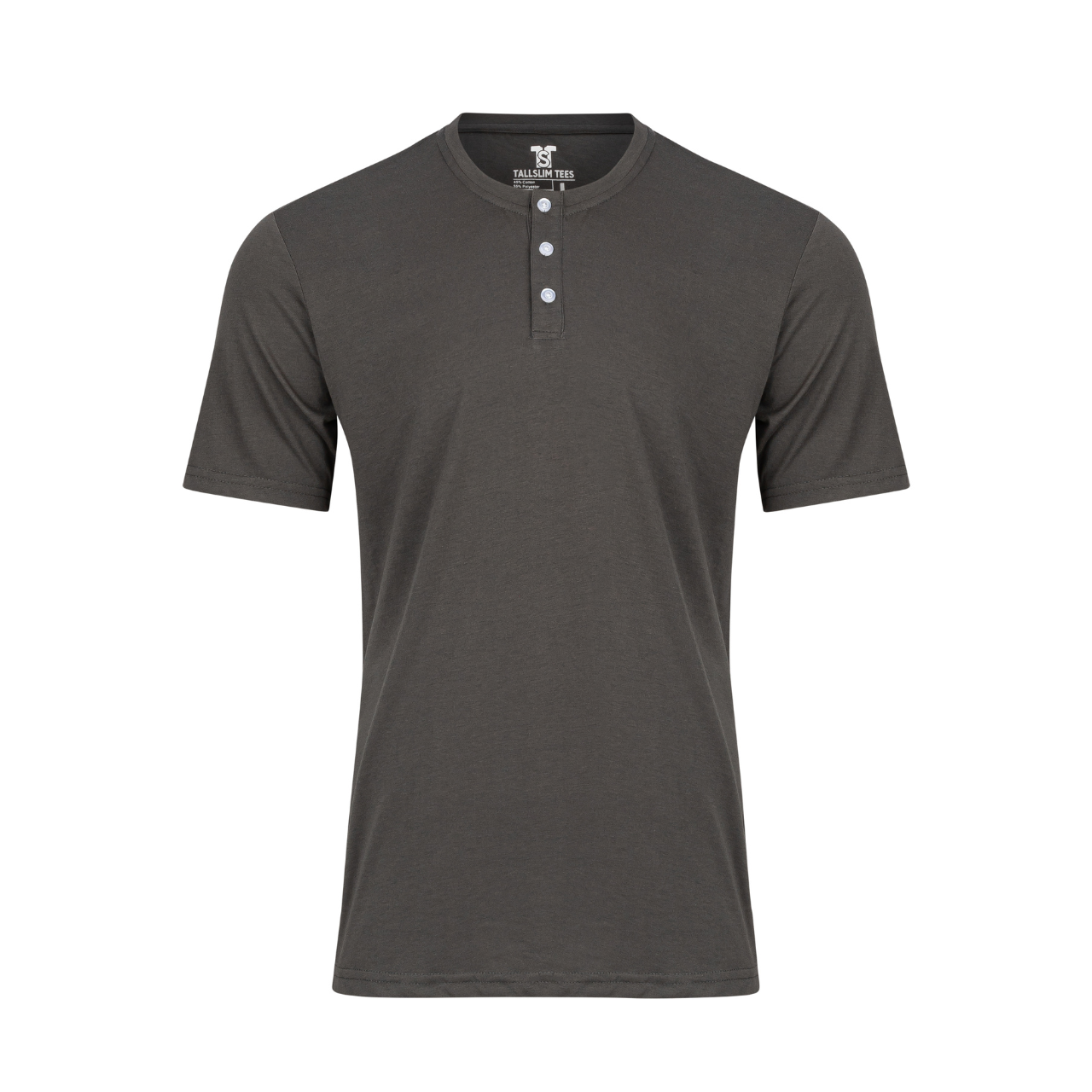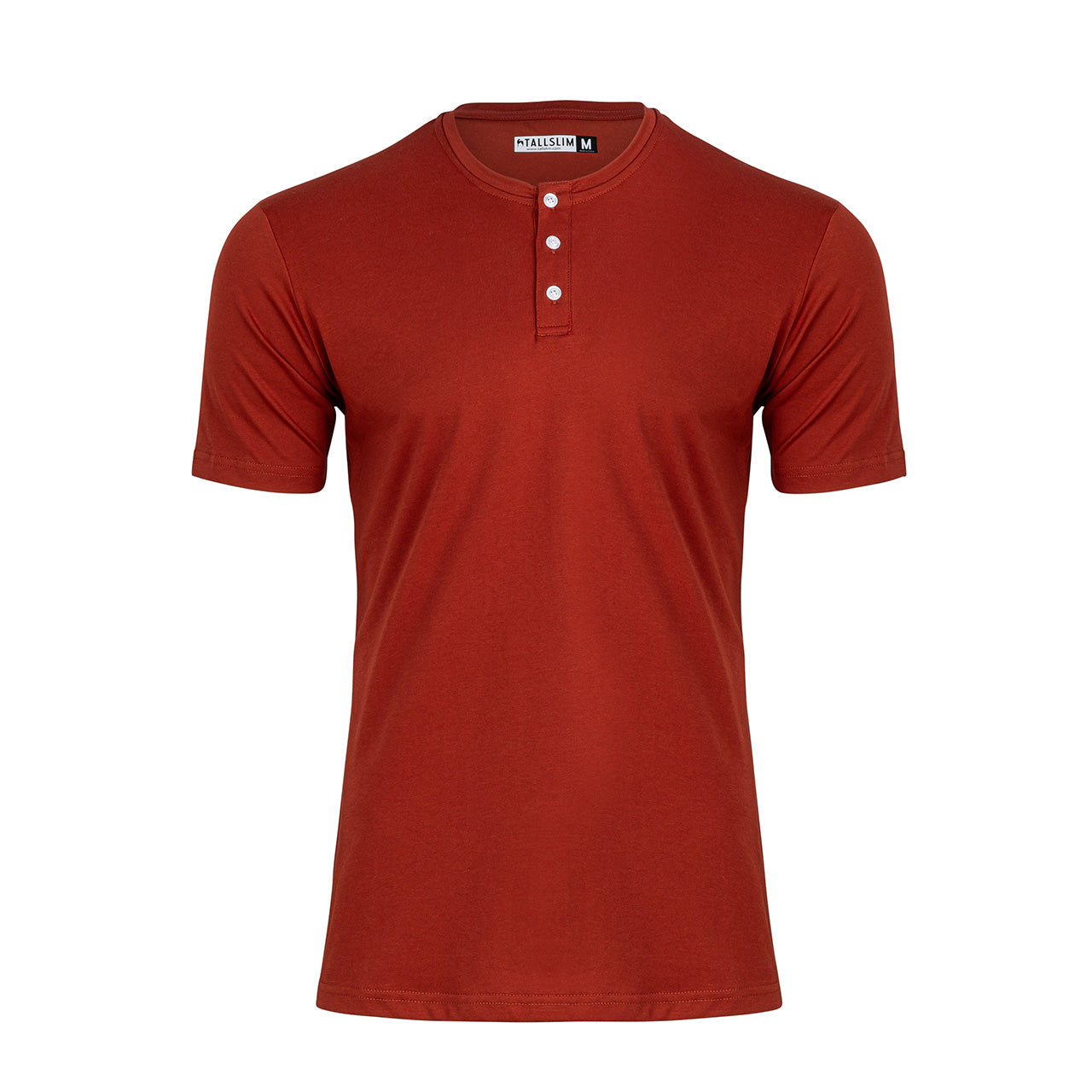Not by any maliciousness, the world is designed around the idea of medium-sized people. Everything you buy or do usually fits into a range of averages that constitute what the “normal” person is sized to be. However, you don’t quite fit that average—in fact, you tower above it, and you’ve got to work with it. Just because the world designs with shorter people in mind doesn’t mean your lifestyle does, particularly when it comes to your office.
Here are some tips on how to make a productive home office for someone well over six feet tall.
Decorating for Productivity
In any space, paint color dictates both your first impression and influences your behavior. Because you’re attempting to create a home office and that greatly emphasizes productivity, you’ll especially want to pick out colors that create a motivating atmosphere. On that front, you’ll want to shy away from most forms of blue. Blue as an excessive amount, such as your wall color, has a relaxing quality that makes productive and efficient work difficult. On the opposite end, bright and bold colors like yellow or red can be distracting. You’ll want to take a subdued palette, with very neutral colors like white, gray, or off-white (and all the shades in-between). The goal is to increase focus on your desk, computer, and other furnishings you use to work while still making the room seem appealing. However, do try to avoid setting up your office as if it were a corporate environment, as the whites and grays can make things seem sterile and impersonal.
Finding a Desk to Fit You
The desk is going to be the focal point of how well an office design becomes productive. No matter the amount of coloring, spacing, and arrangement, if your desk is unfit for work, your home office becomes another productivity trap. Unfortunately, most desks are designed around the “happy medium” of an average height person. This usually means that taller people wind up with limited leg room underneath, or sit much lower in their chair to fit. An easy solution is to use an adjustable height desk, or a standing desk. Adjustable height desks have multiple spaces during setup to provide varying sizes of people their space. The standing desk, as an alternative, provides the ability to lift your desk to a comfortable standing position and back down to sitting. It’s not healthy to work exclusively while sitting down, particularly for your back, so occasional swapping between the two can make working much more comfortable. Make sure when standing at your desk, your forearms bend to be parallel with the desk. This indicates it’s the appropriate height.
Use a High-Backed Chair
Your desk chair is going to need to cater specifically to your height. Again, most furnishings are designed around the average height of a person, and if you’re clearing that by more than a few inches, it won’t work effectively for you. The obvious solution are high-backed chairs, and if possible, those with adjustable headrests. You want support for your whole back to prevent yourself from hunching forward over the keyboard, and the easiest way to rid yourself of that habit is to have an enforcement to sit straight.
Choose a Naturally Lit Room
If you have options on where to place your home office, try to choose a room that receives a lot of natural light. Avoiding artificial light fixtures can make the room feel more inviting and comfortable, making your workspace somewhere you can enjoy being. However, try not to select places with windows that face the sun during your preferred work times. That direct sunlight can obstruct views on a computer screen, heat the room very quickly, and make it unpleasantly bright when you need to focus most. If natural light isn’t an option, just make sure to choose light fixtures and places to put them that clear your head. Avoid low-hanging fixtures!
Install Cabinets and Drawers at Appropriate Height
Lastly, consider your storage space. If you spend much of your time sorting and filing, don’t settle for drawers or cabinets that sit low to the ground. Bending, sitting, and squatting irritate your back when done so irregularly. Put your storage along the wall or alongside shelves, so they can be accessed without stretching excessively and with relative ease. Since you’re the only one that will be working here, select an appropriate height specific to you alone.






